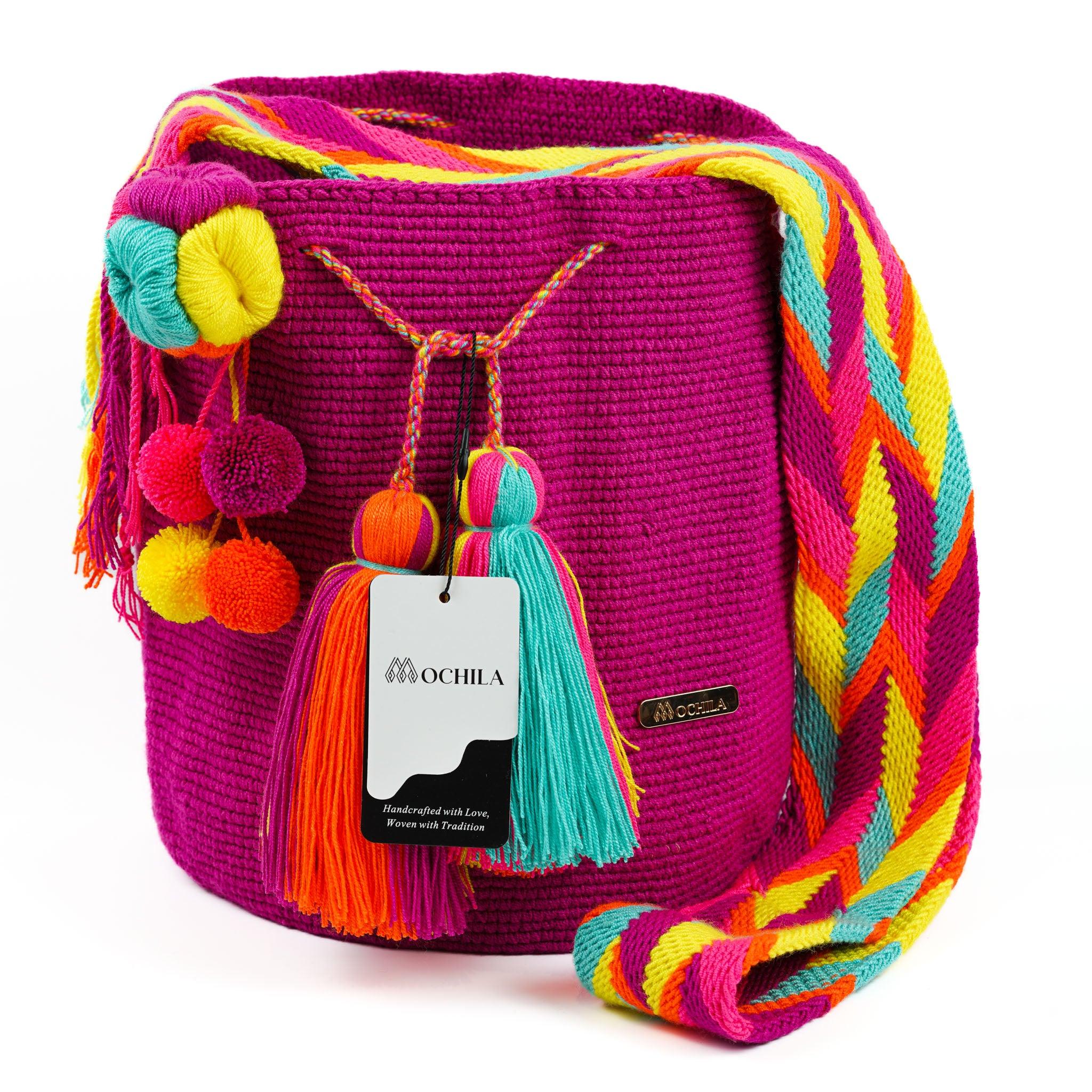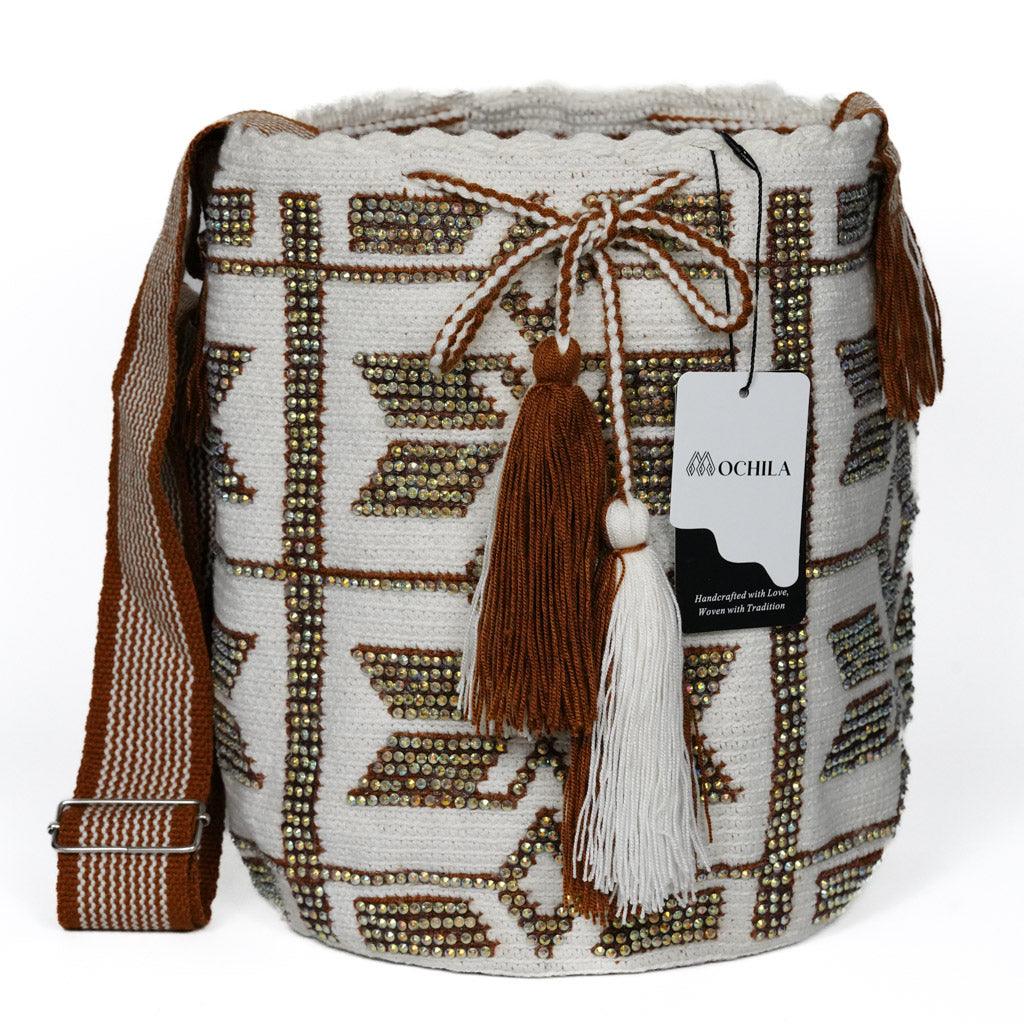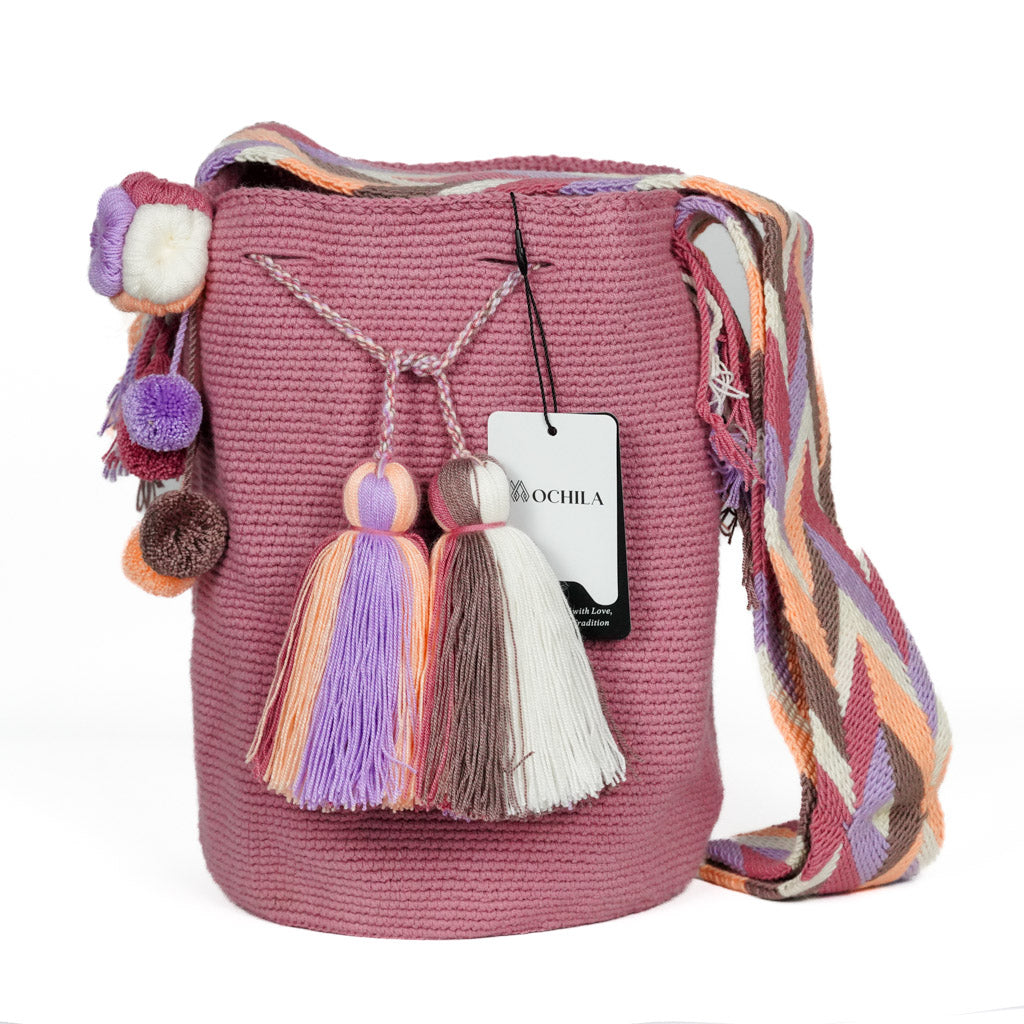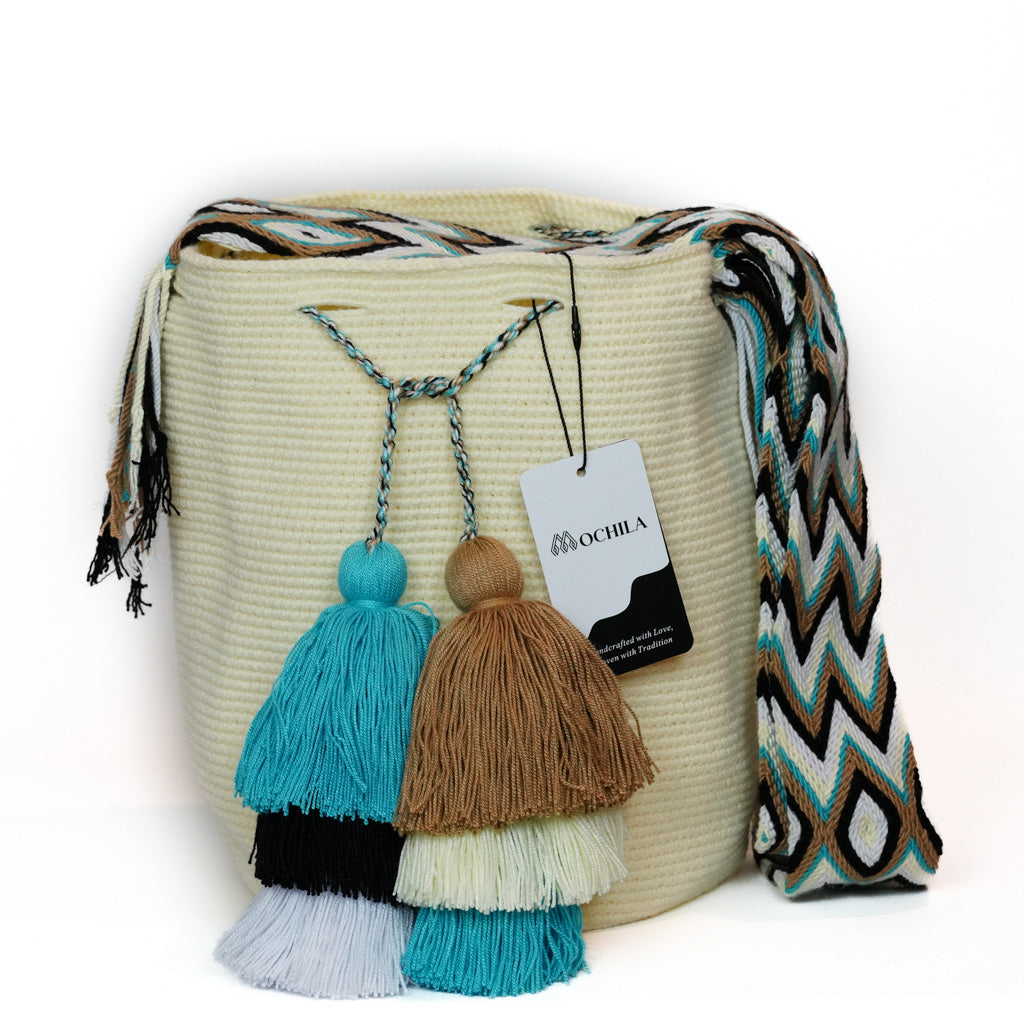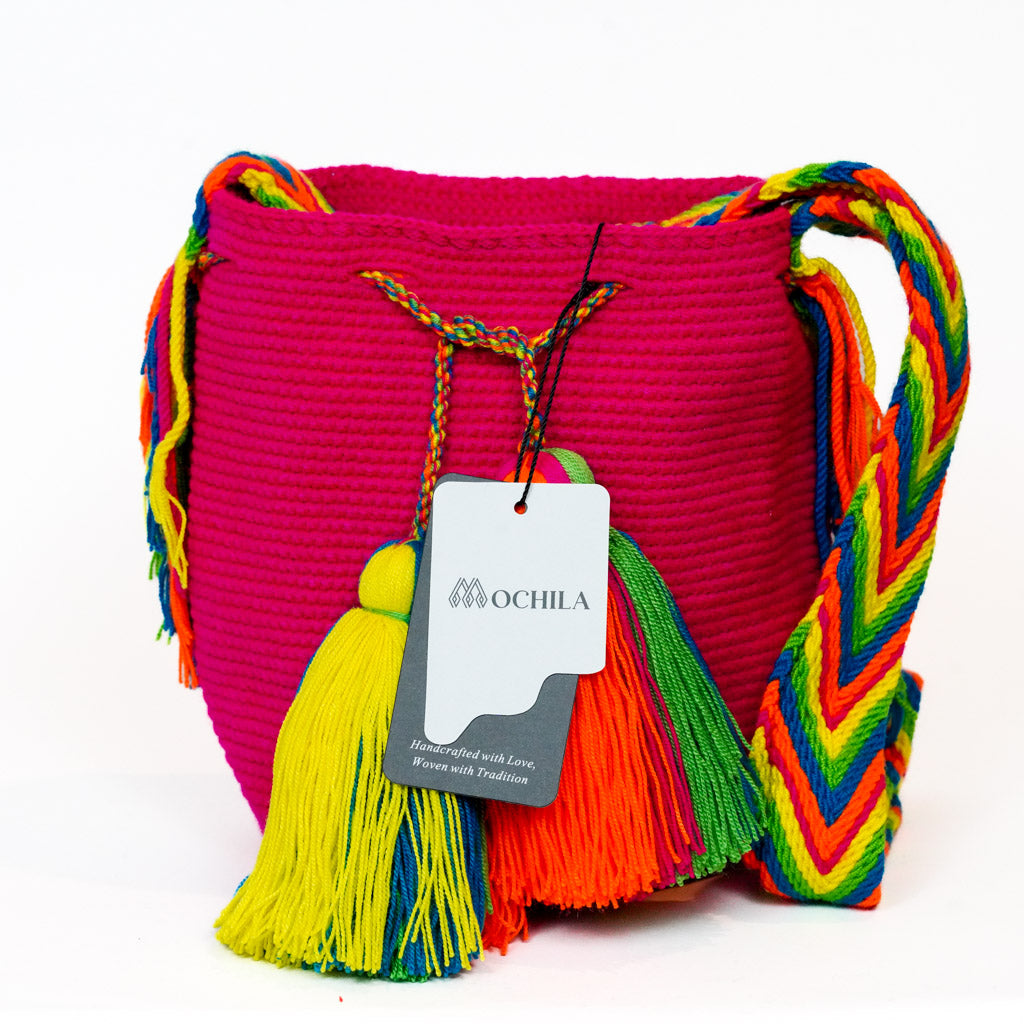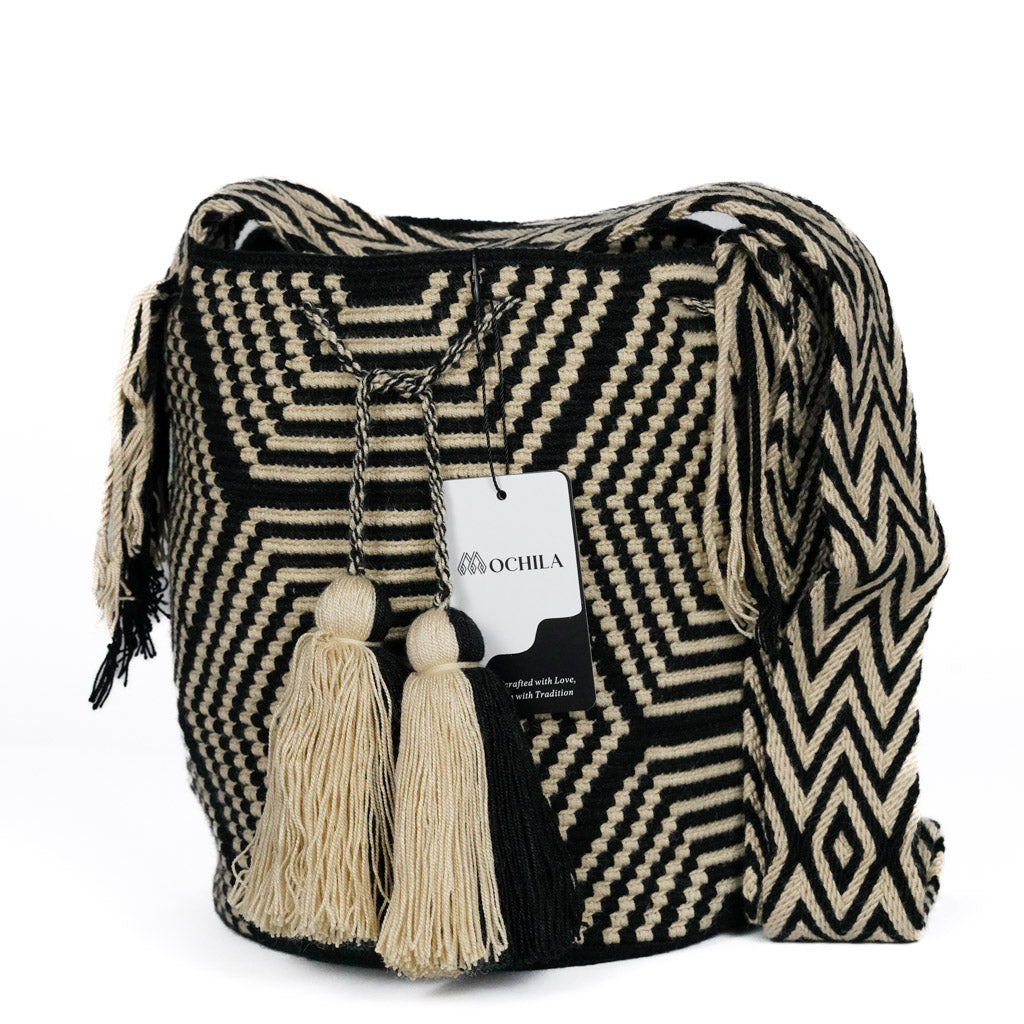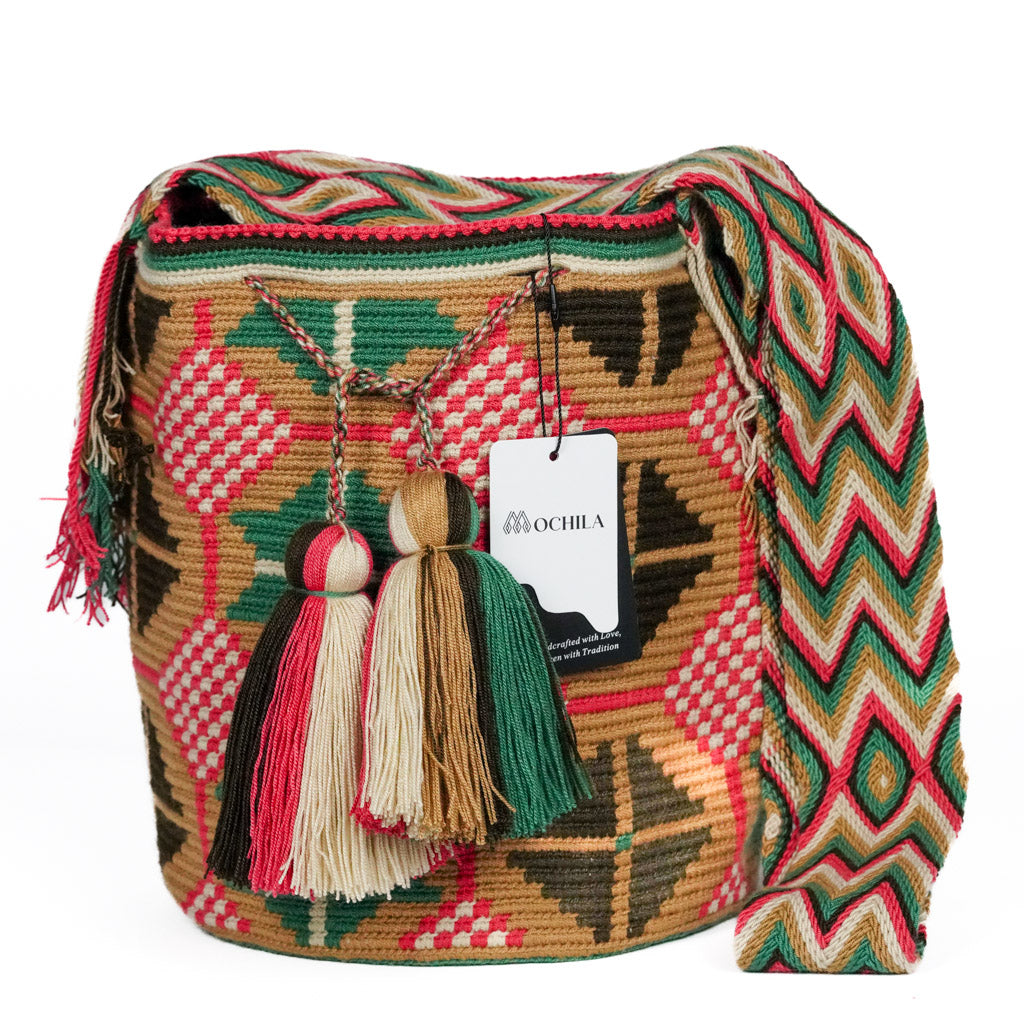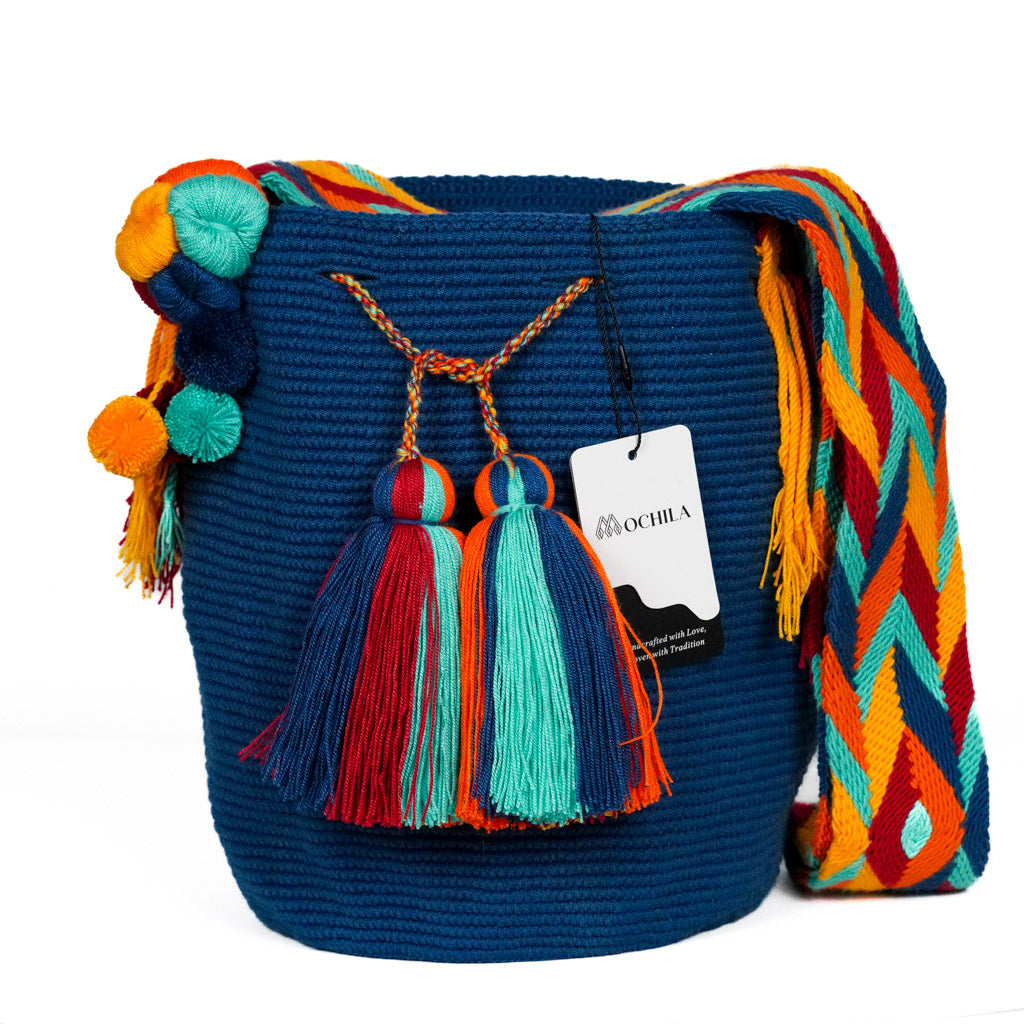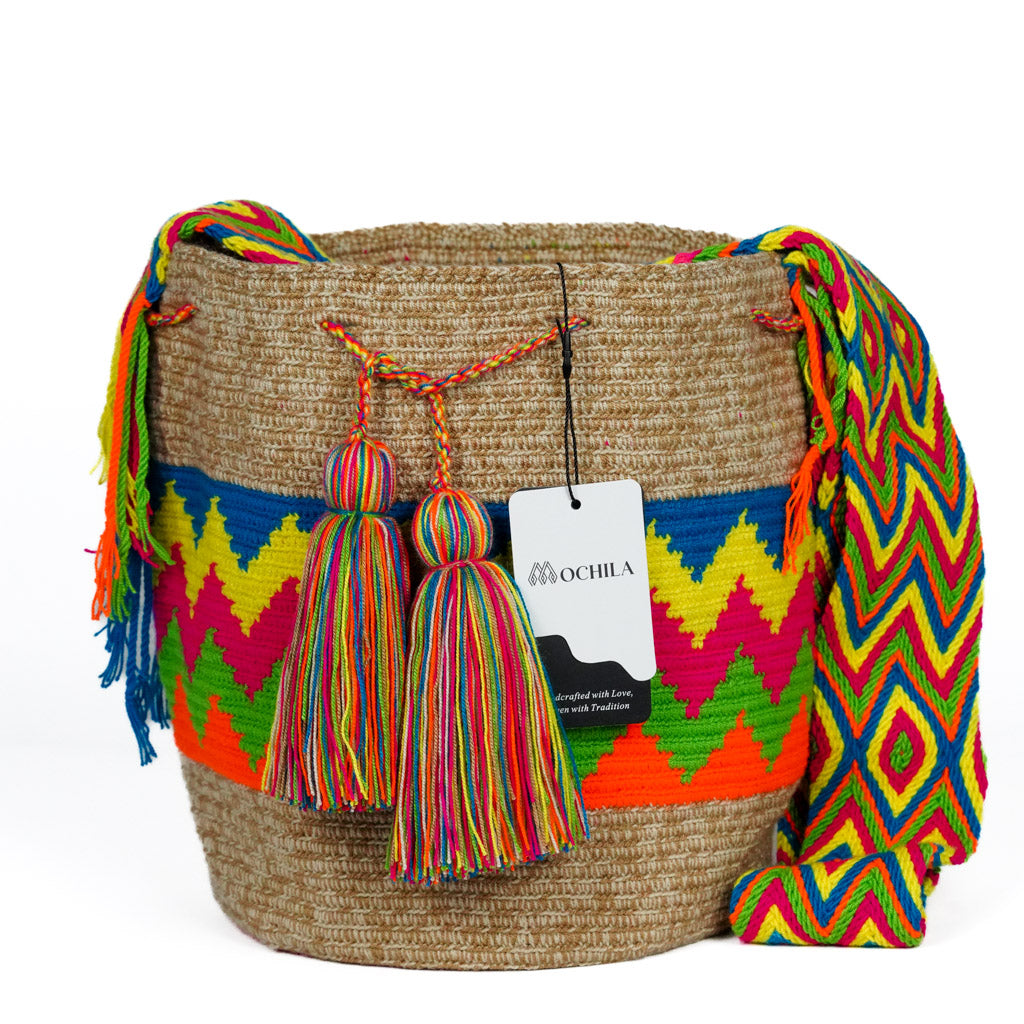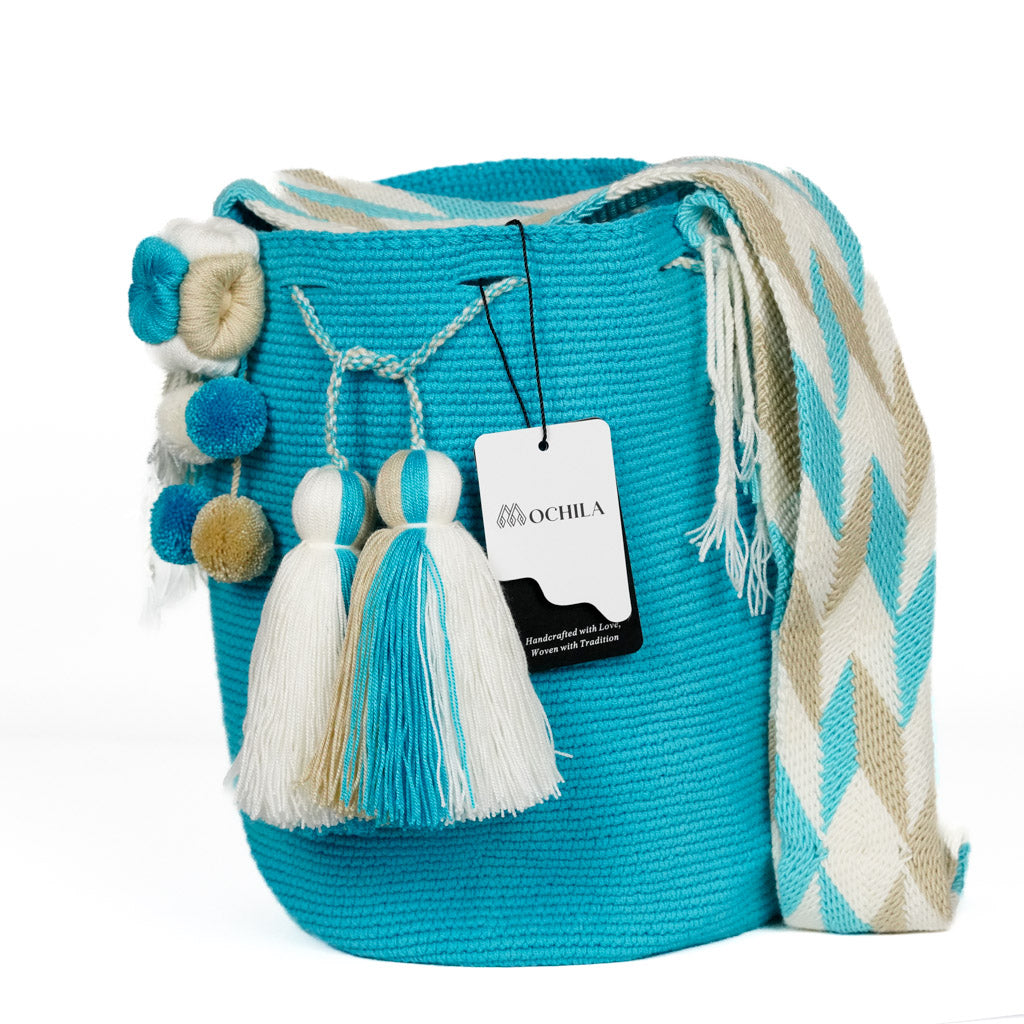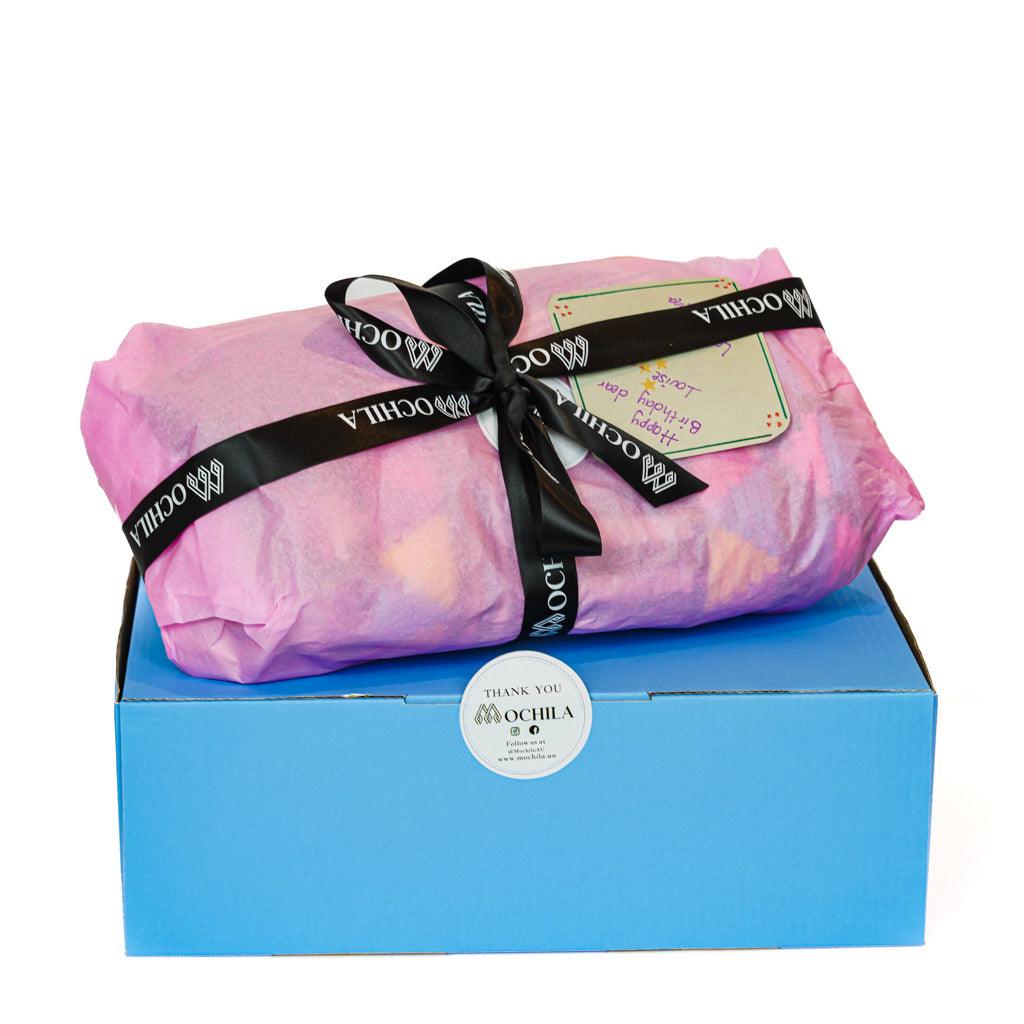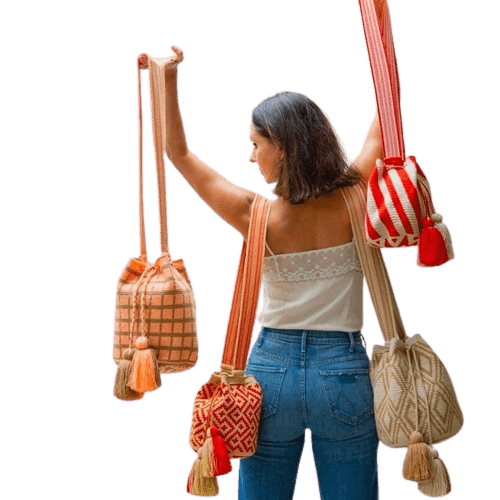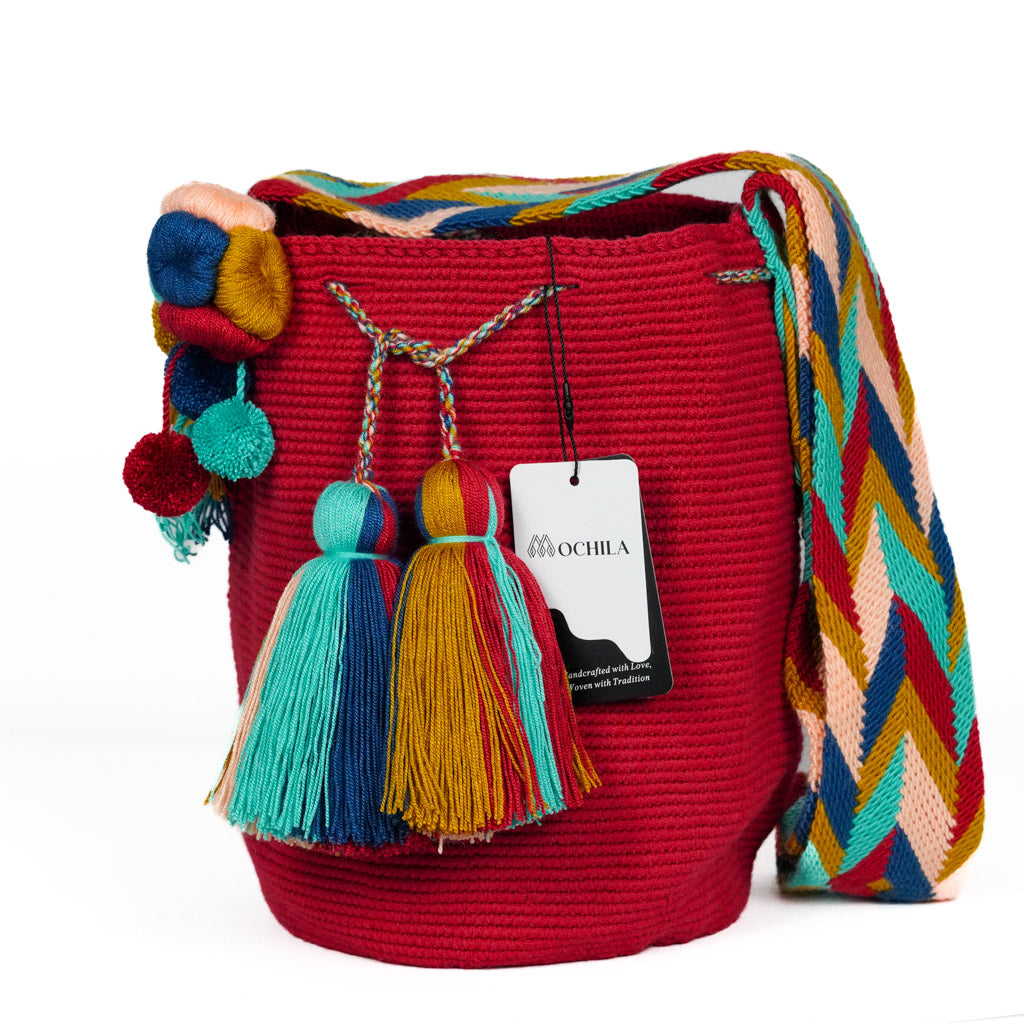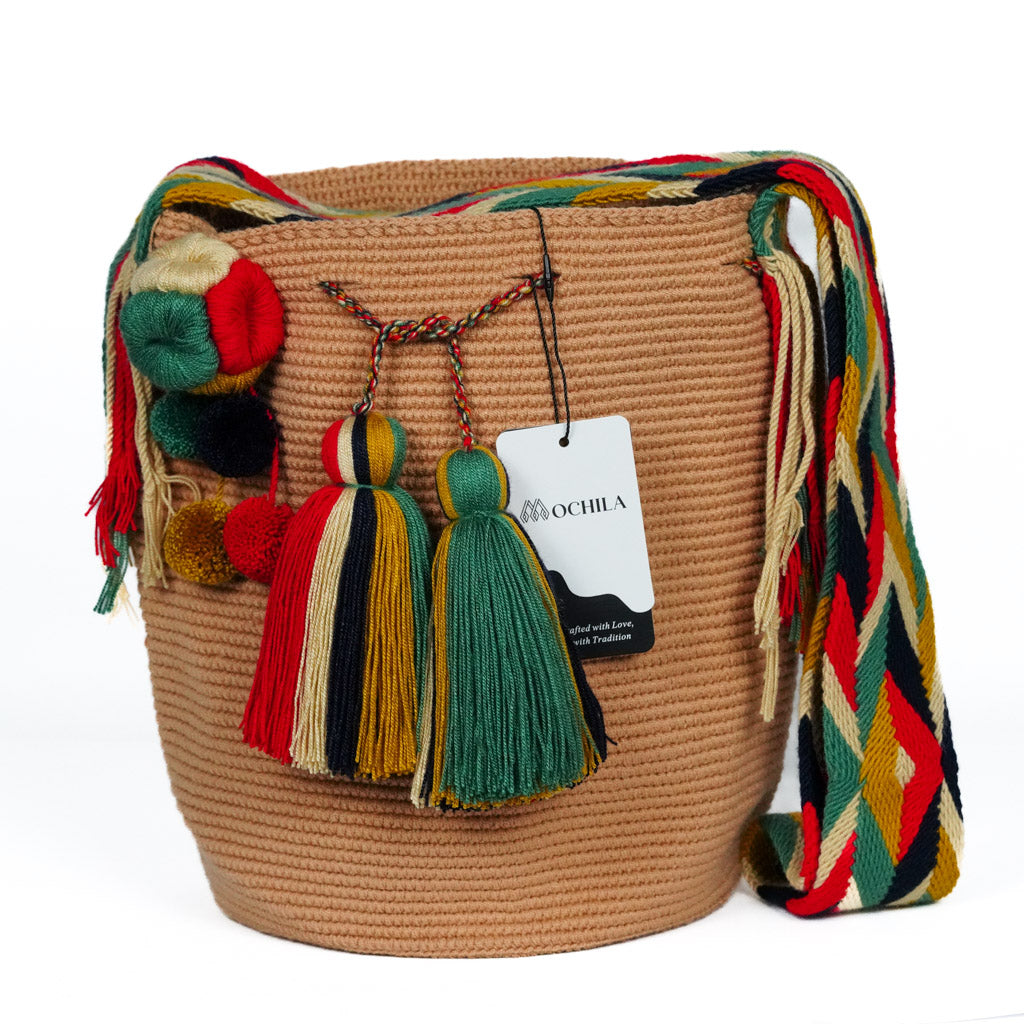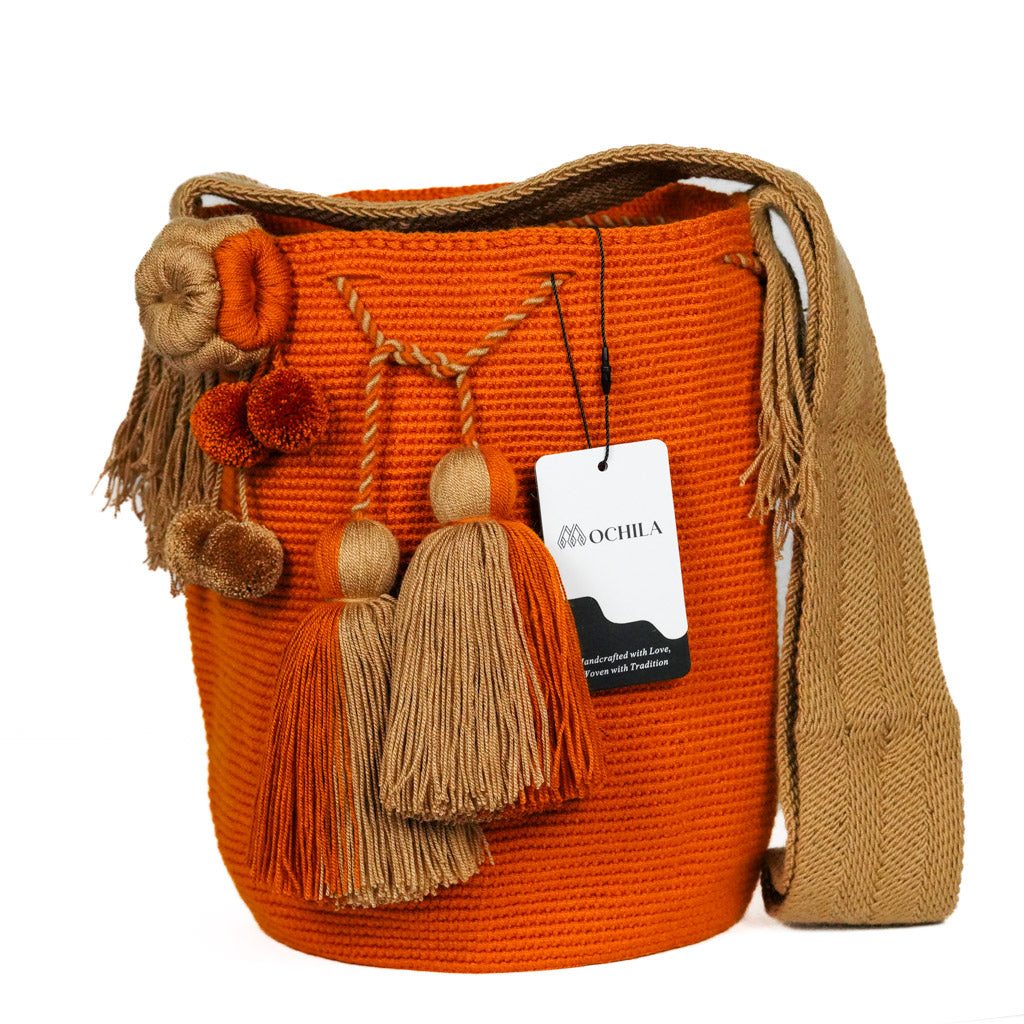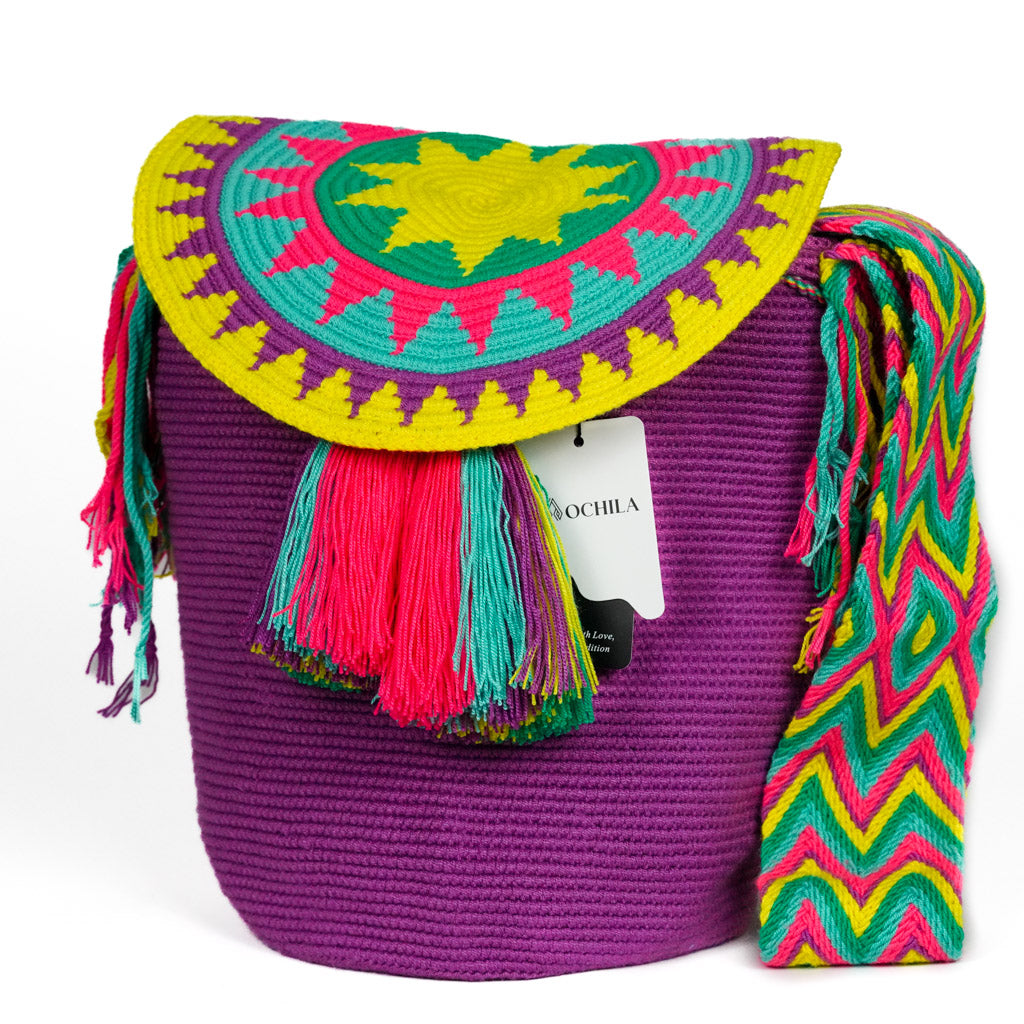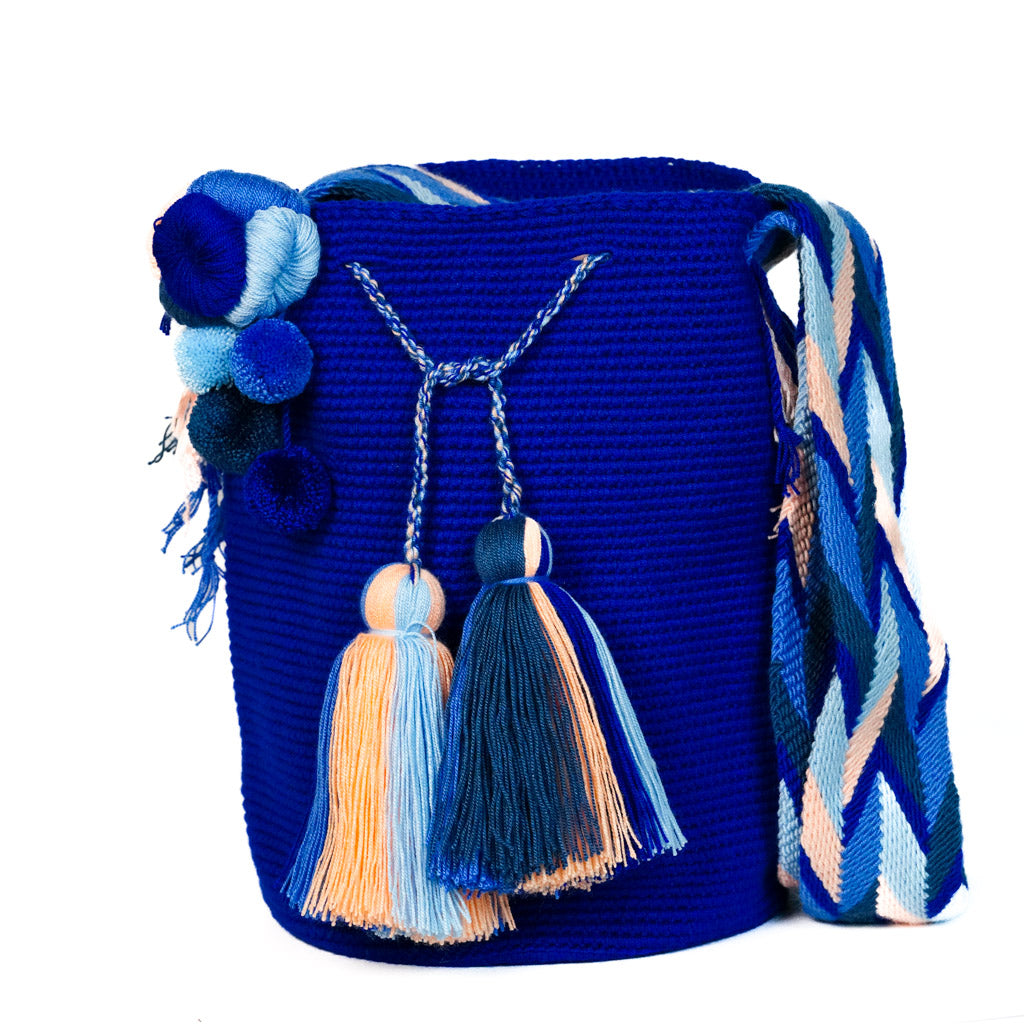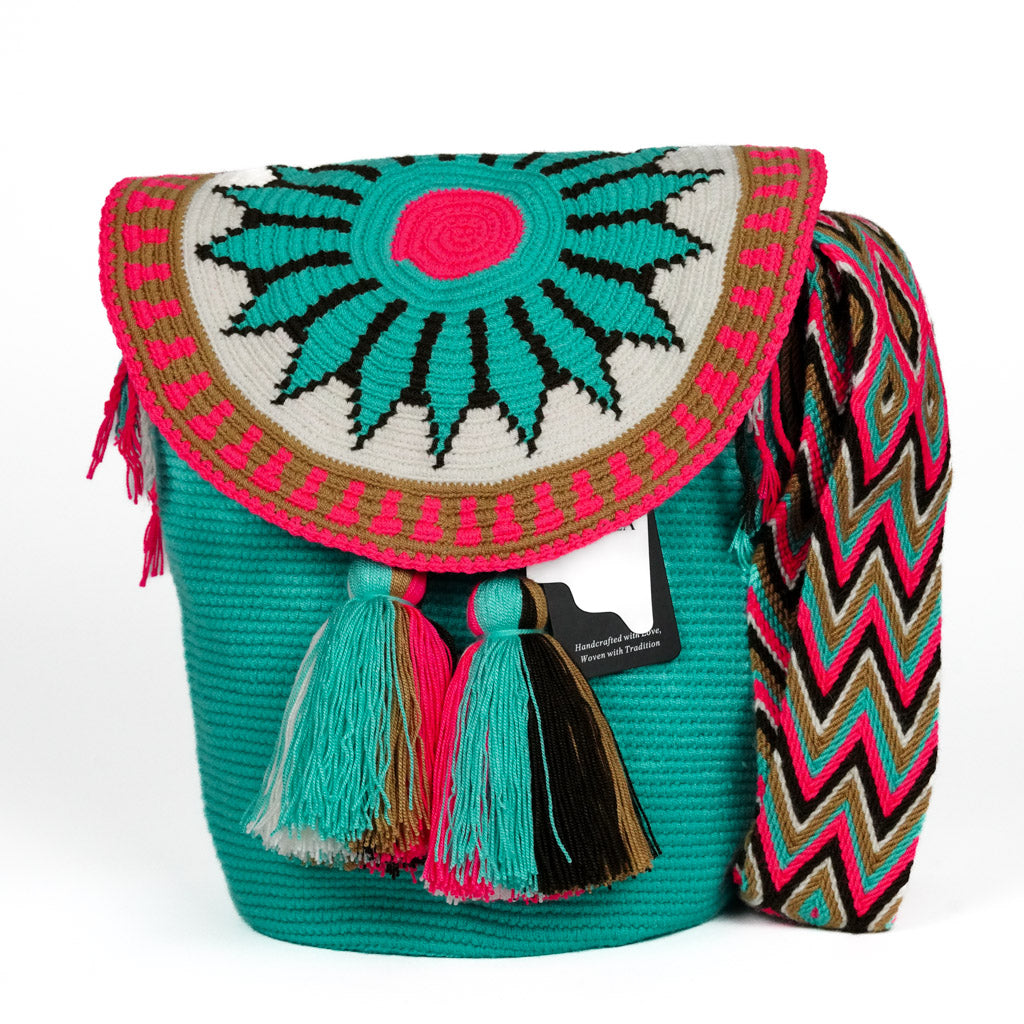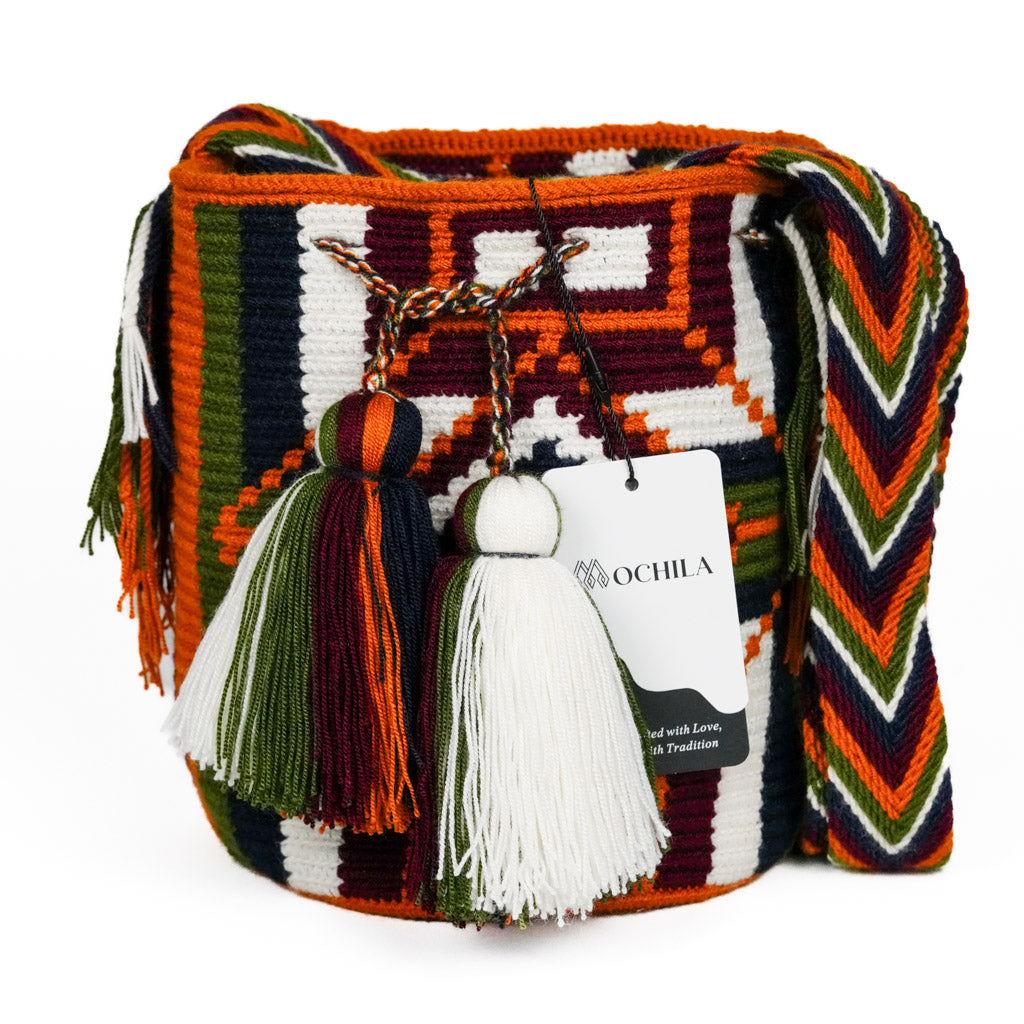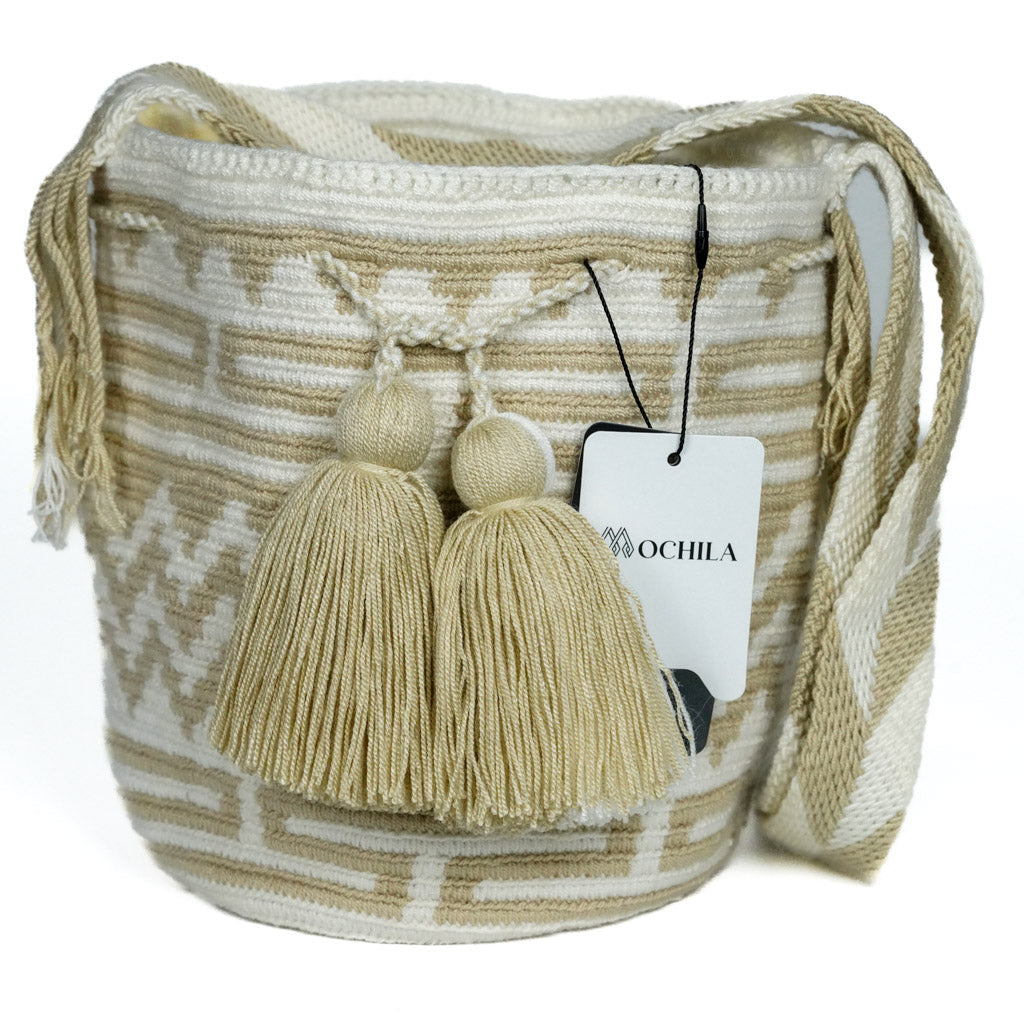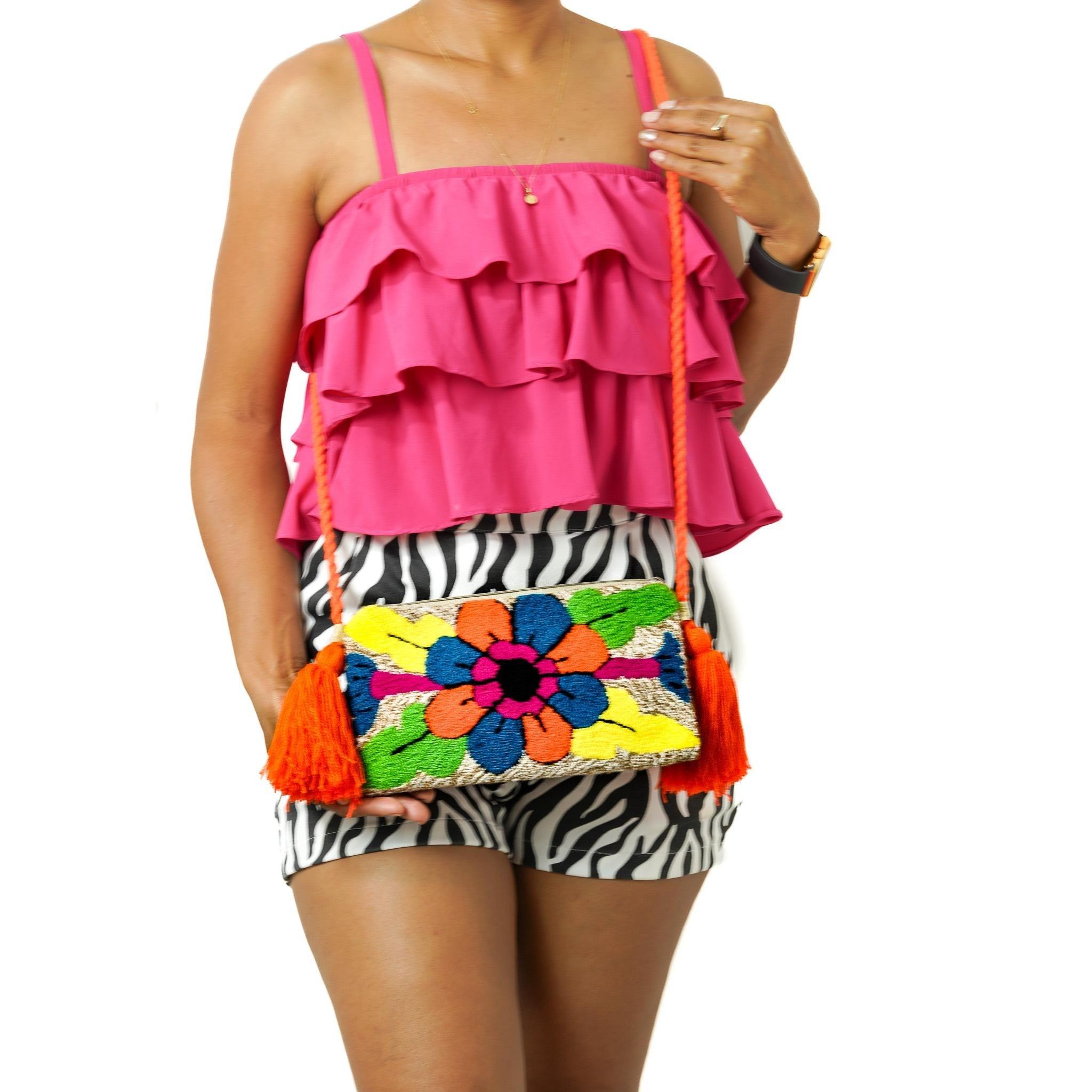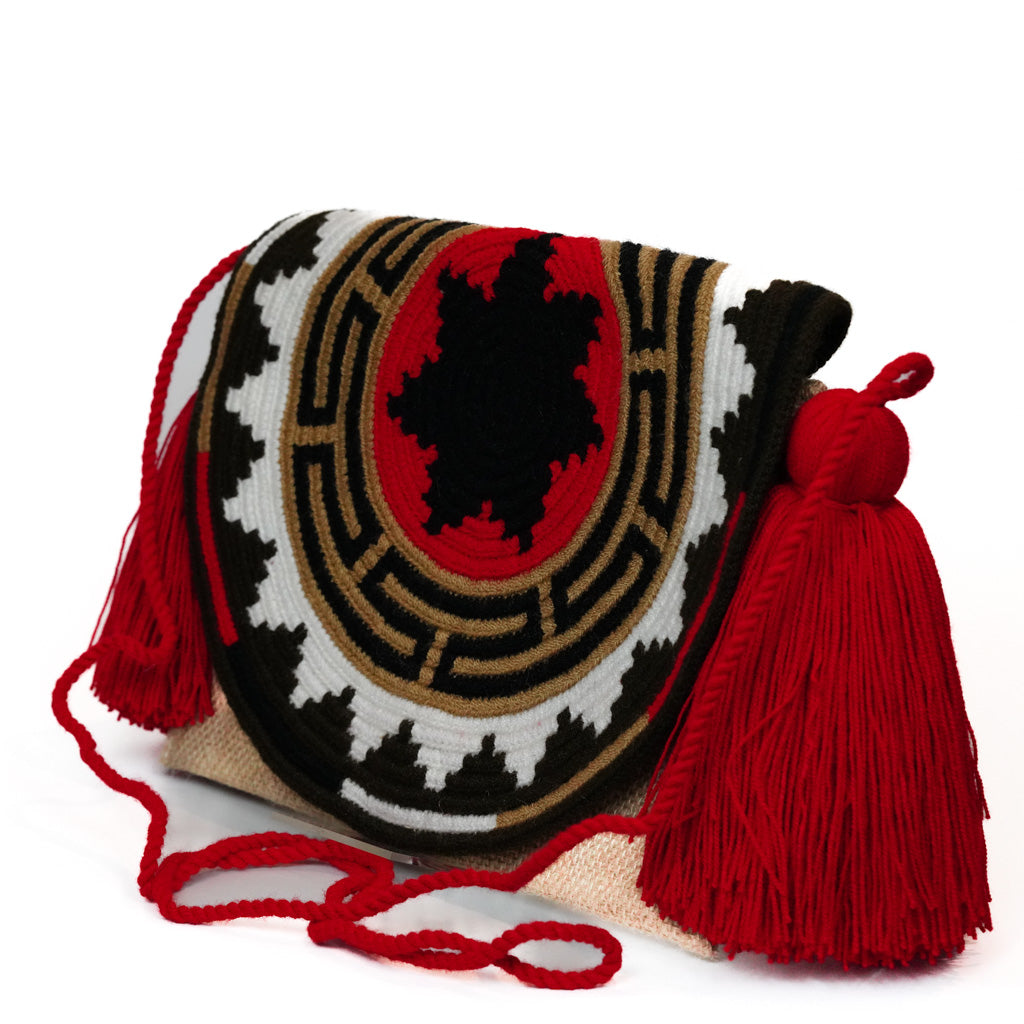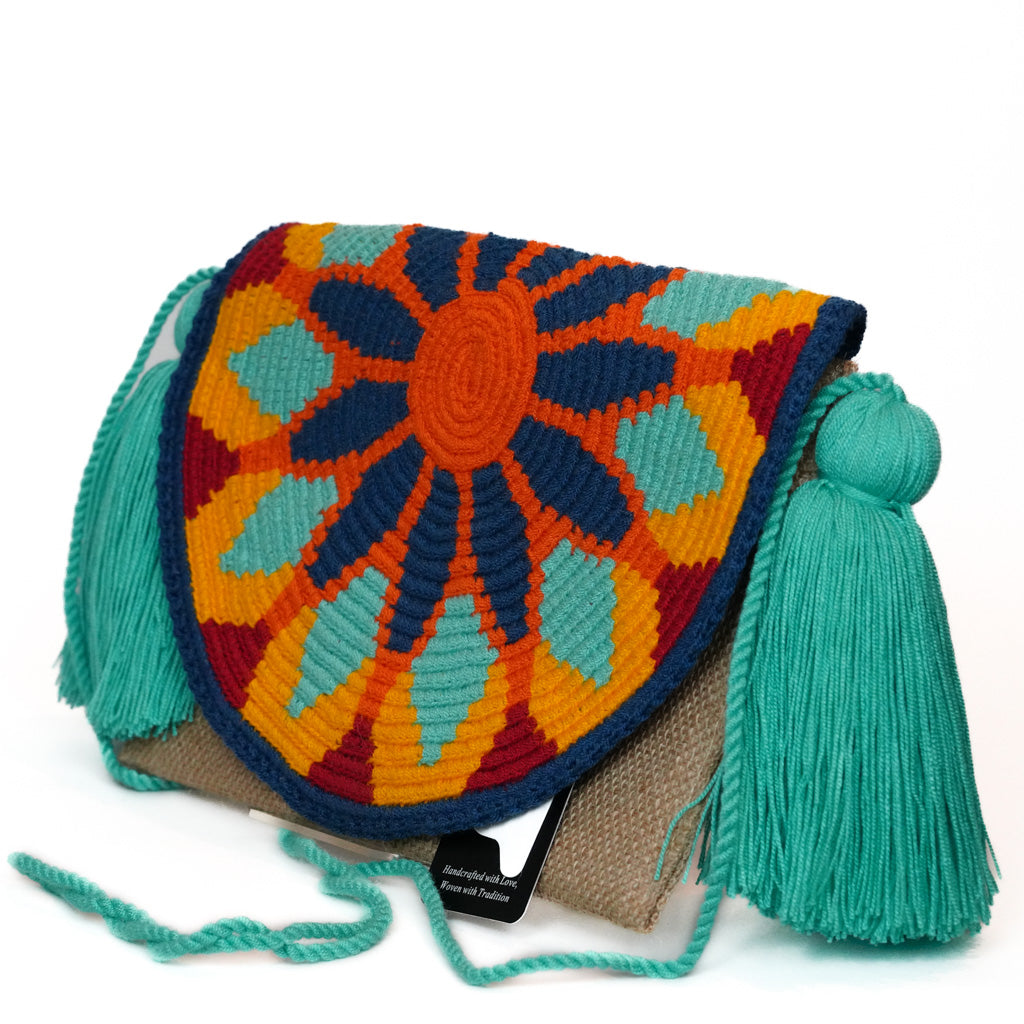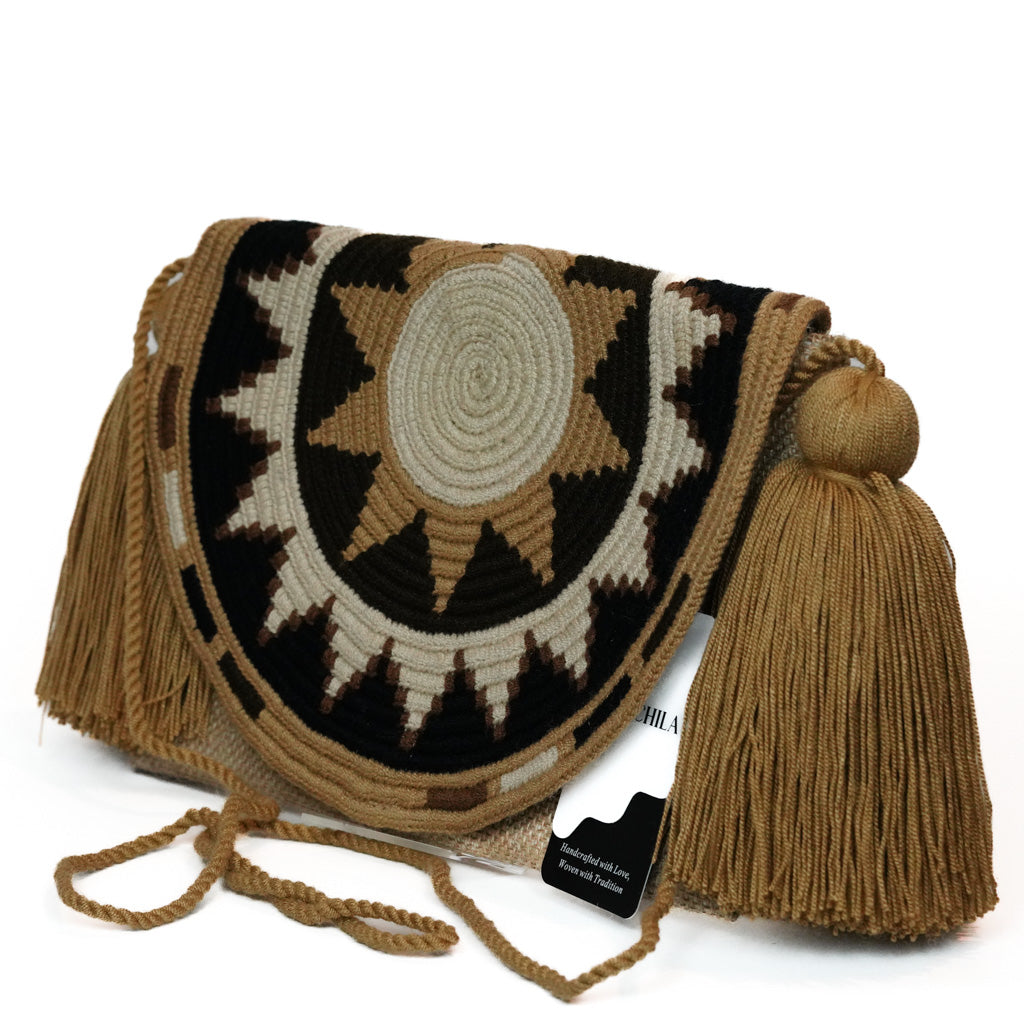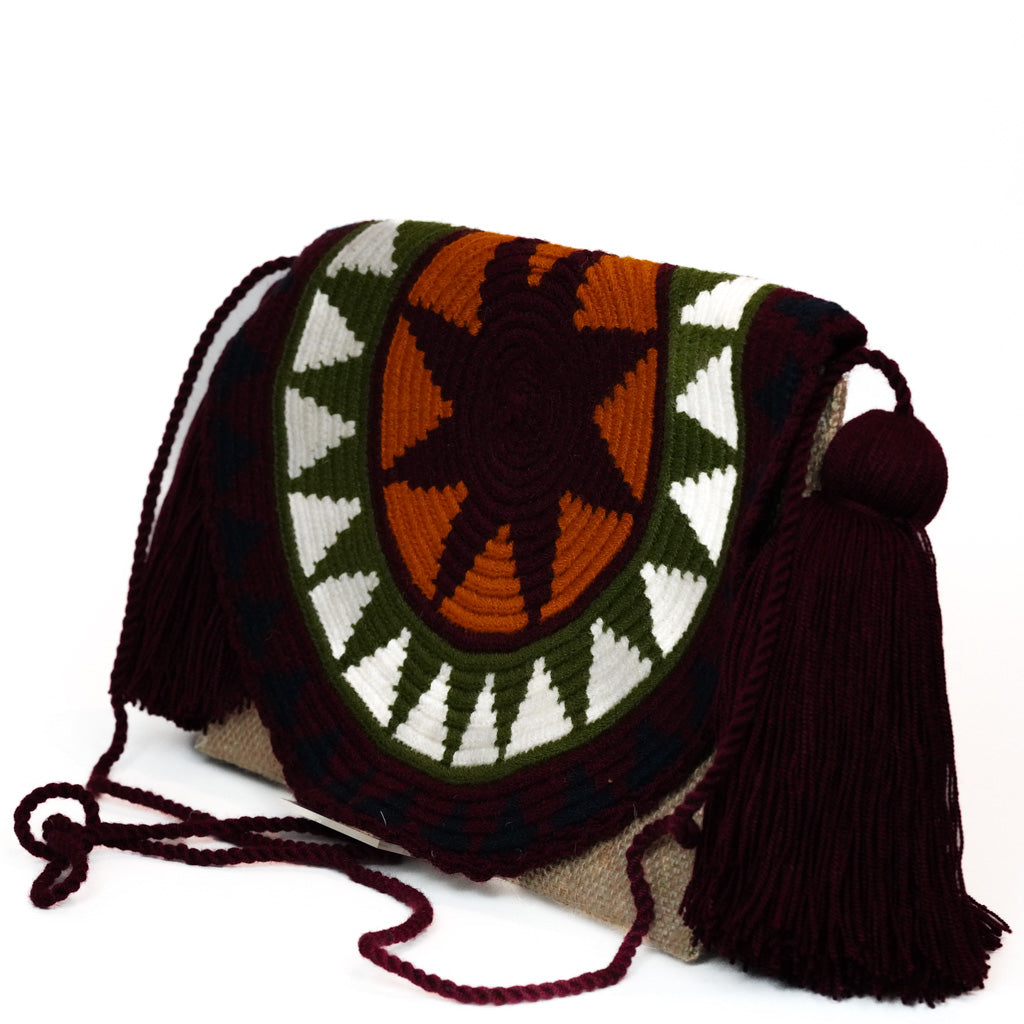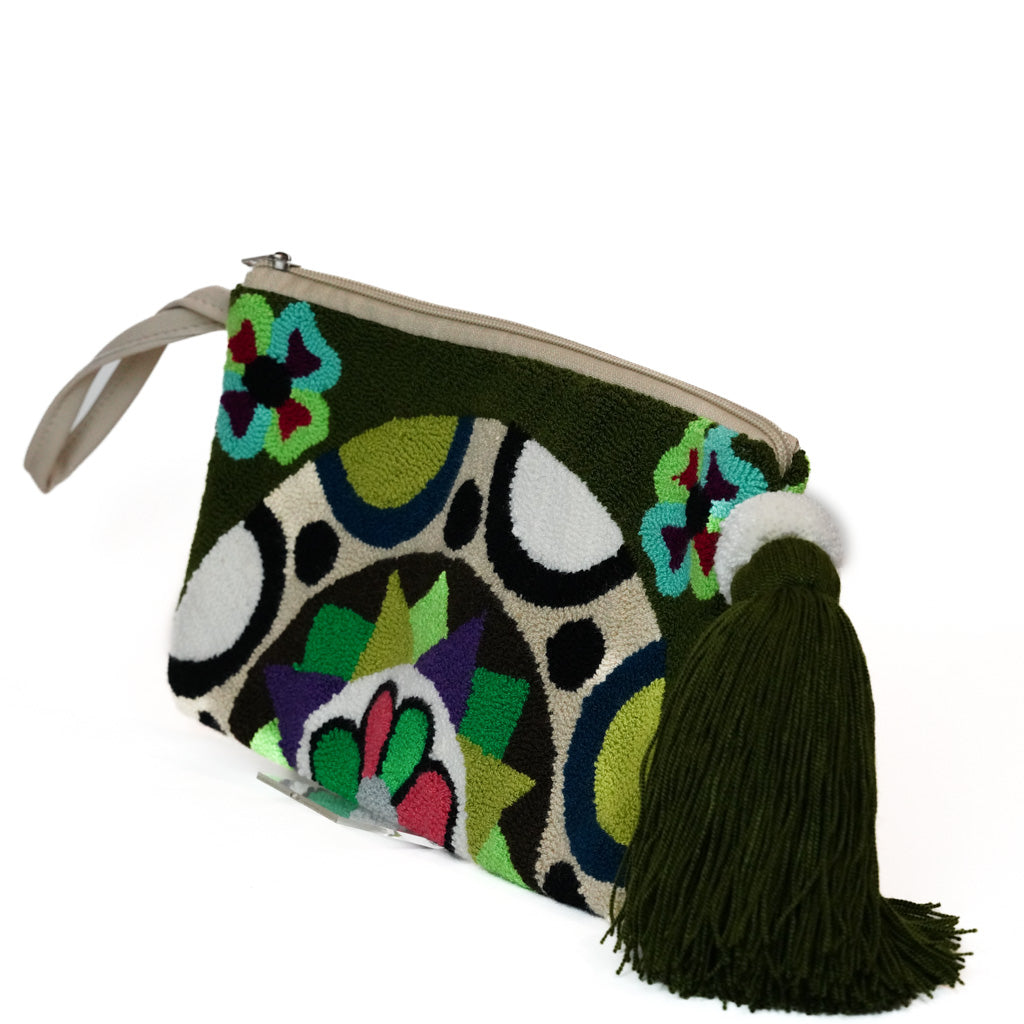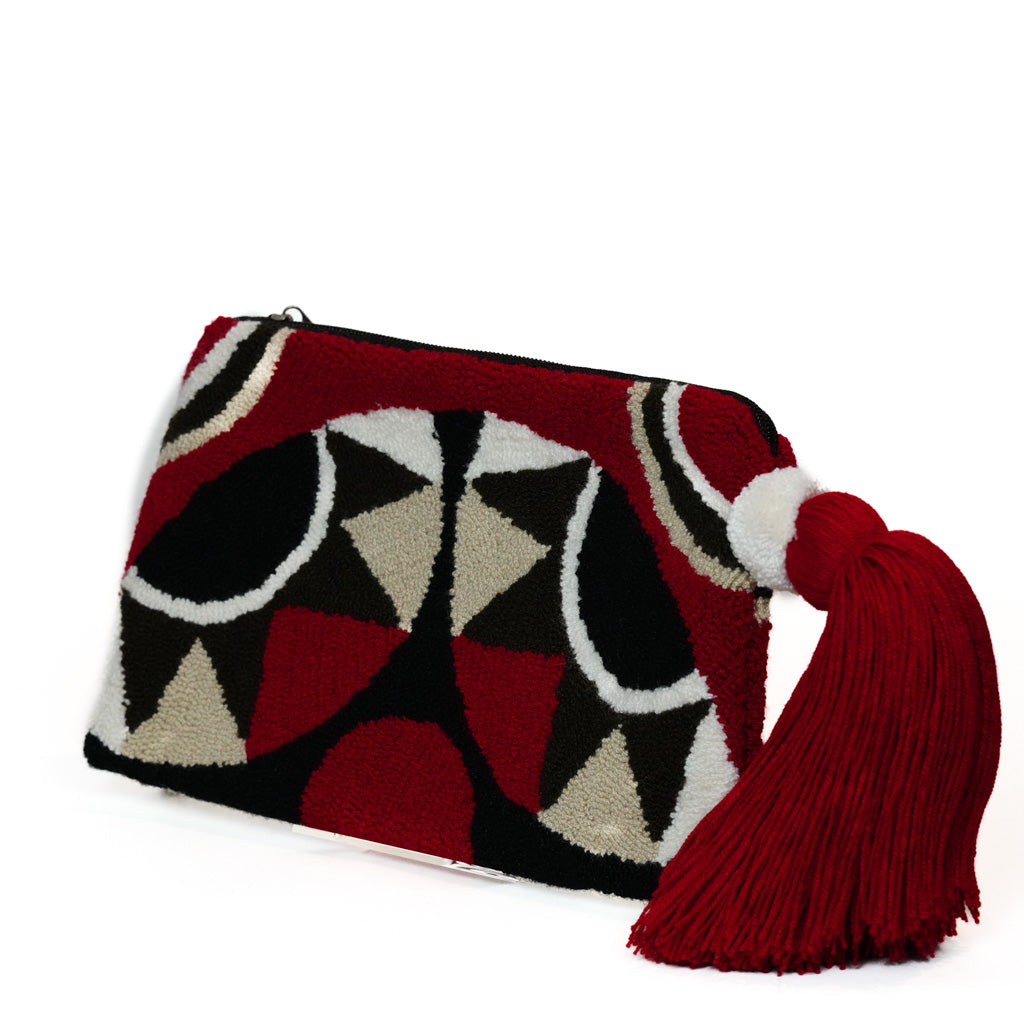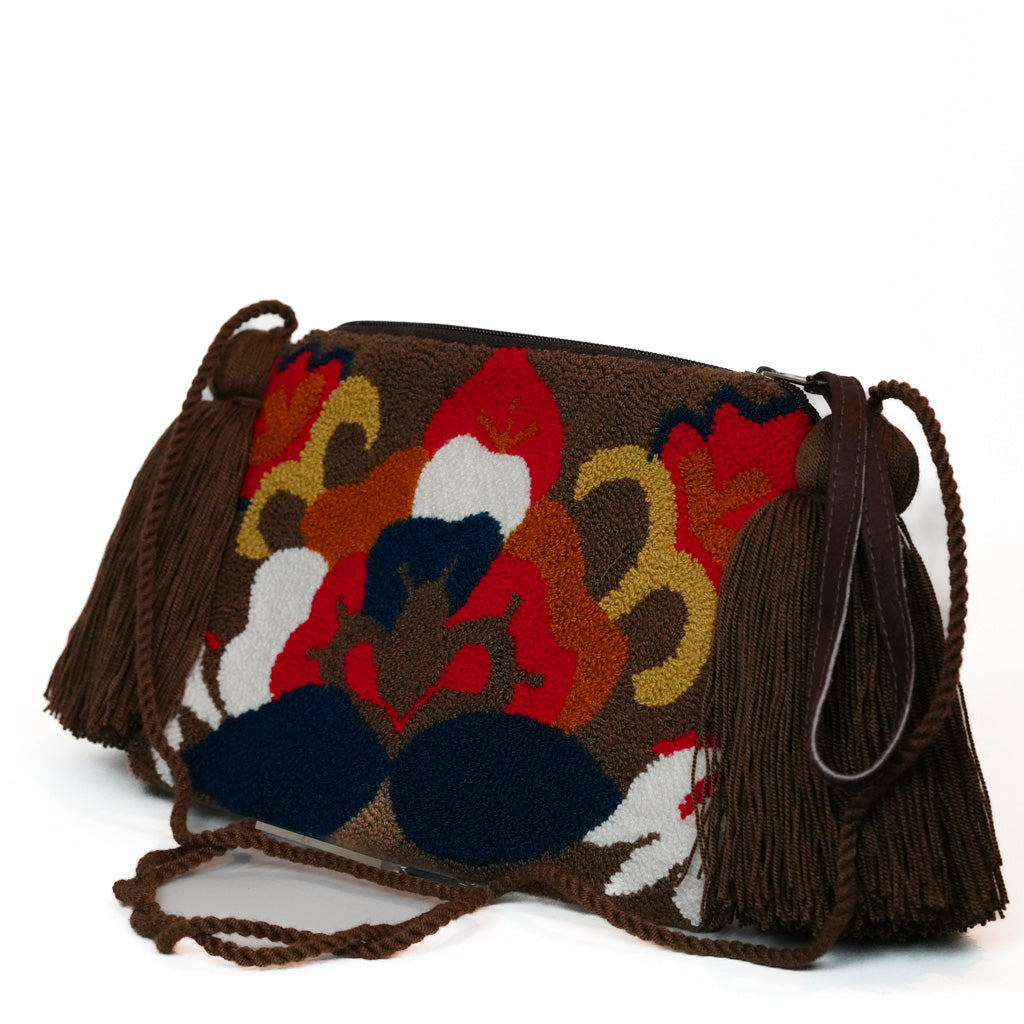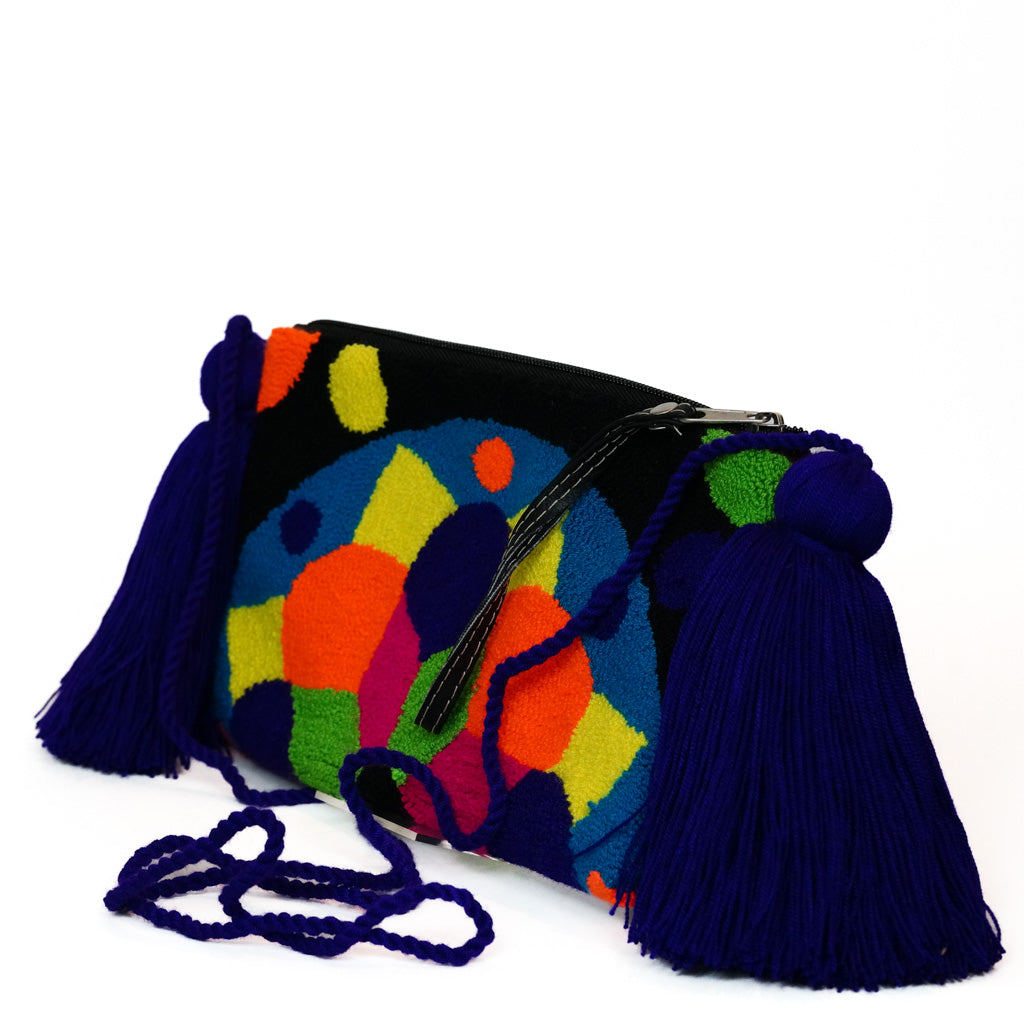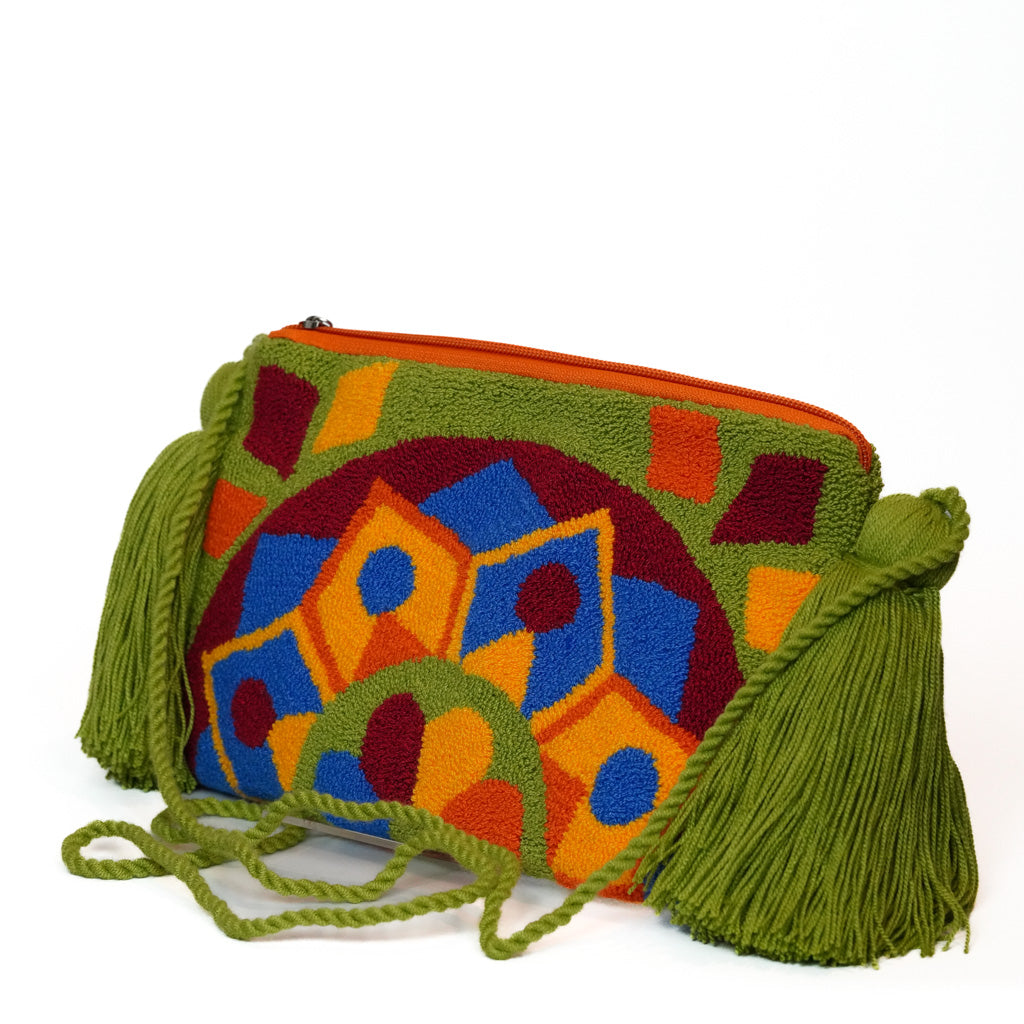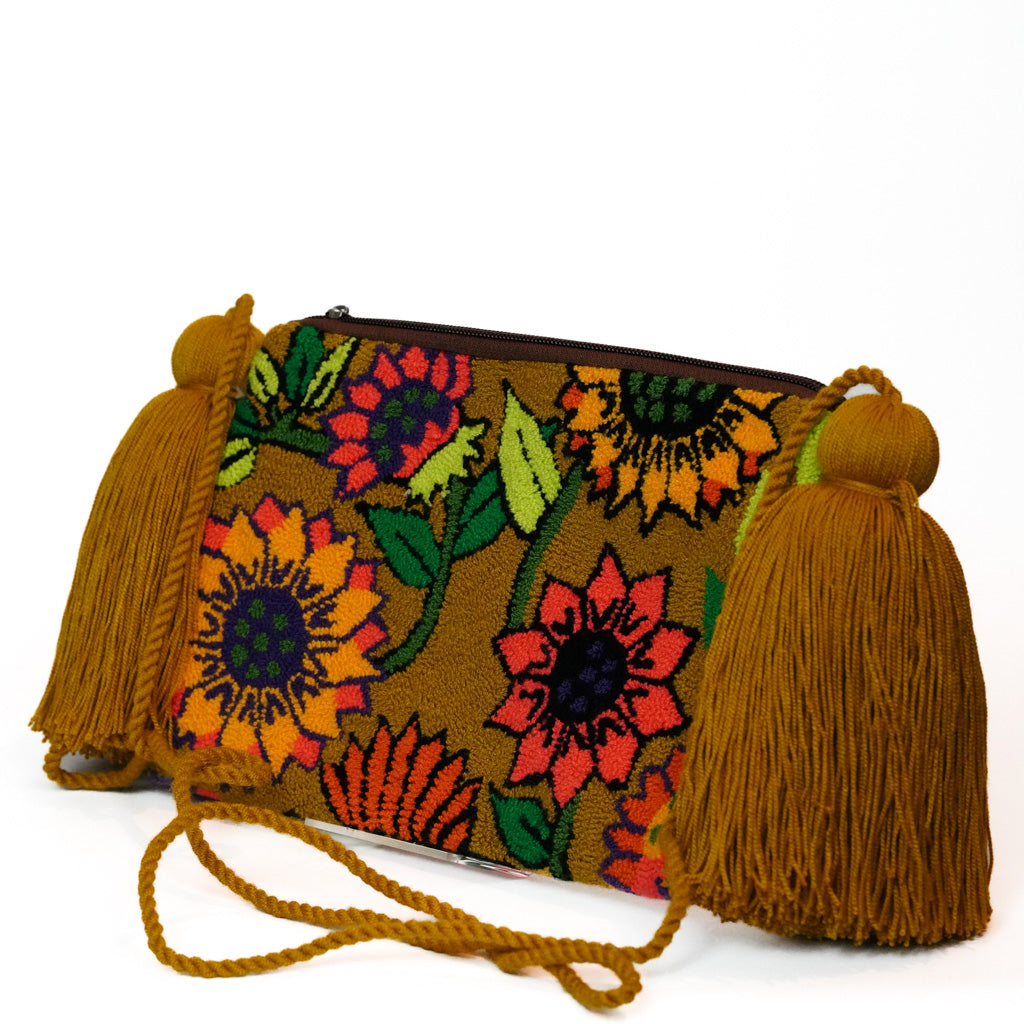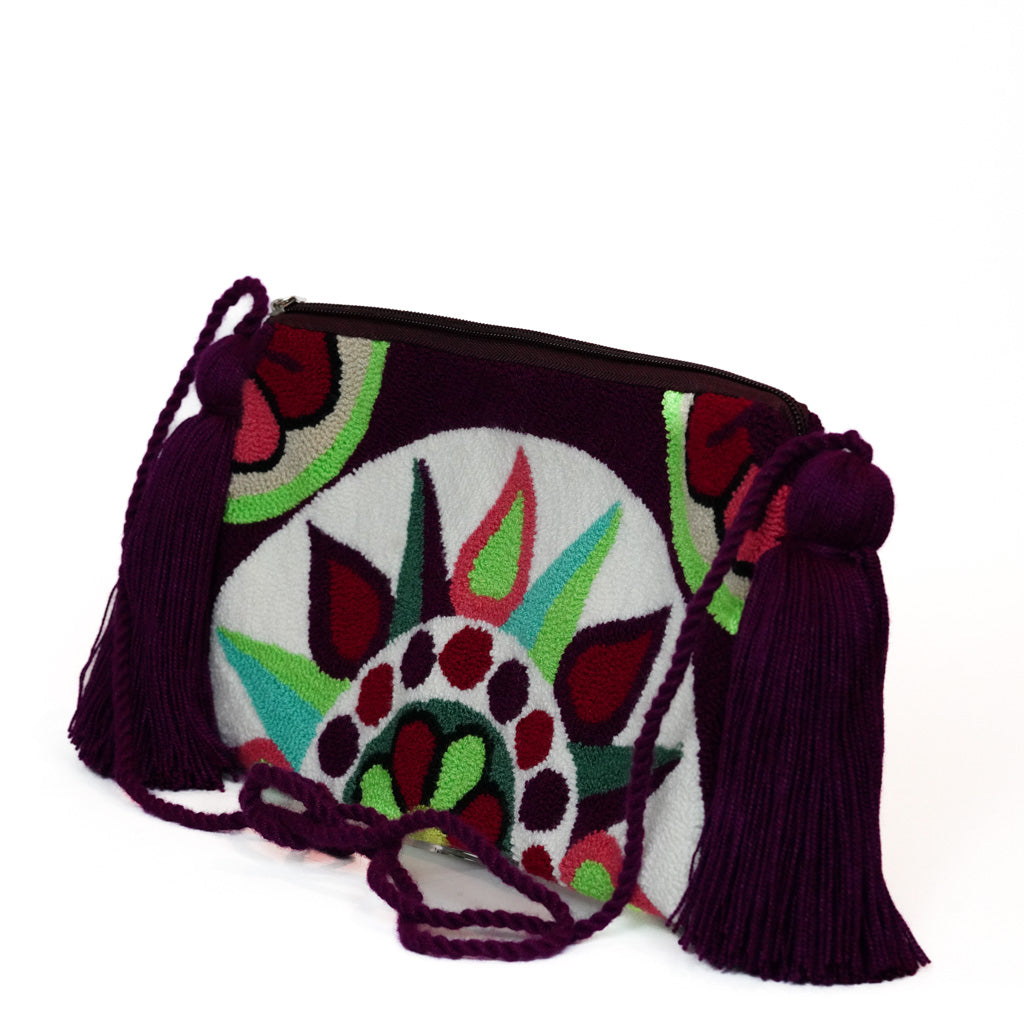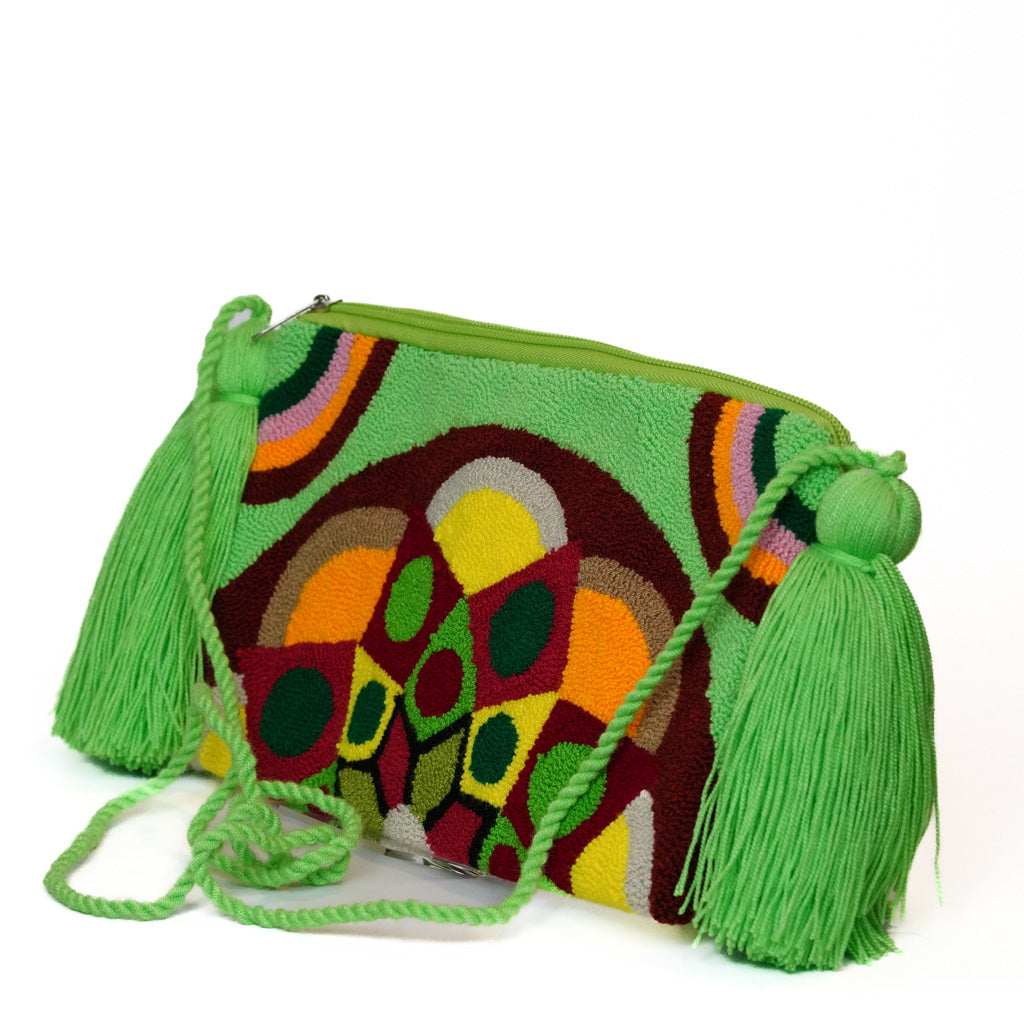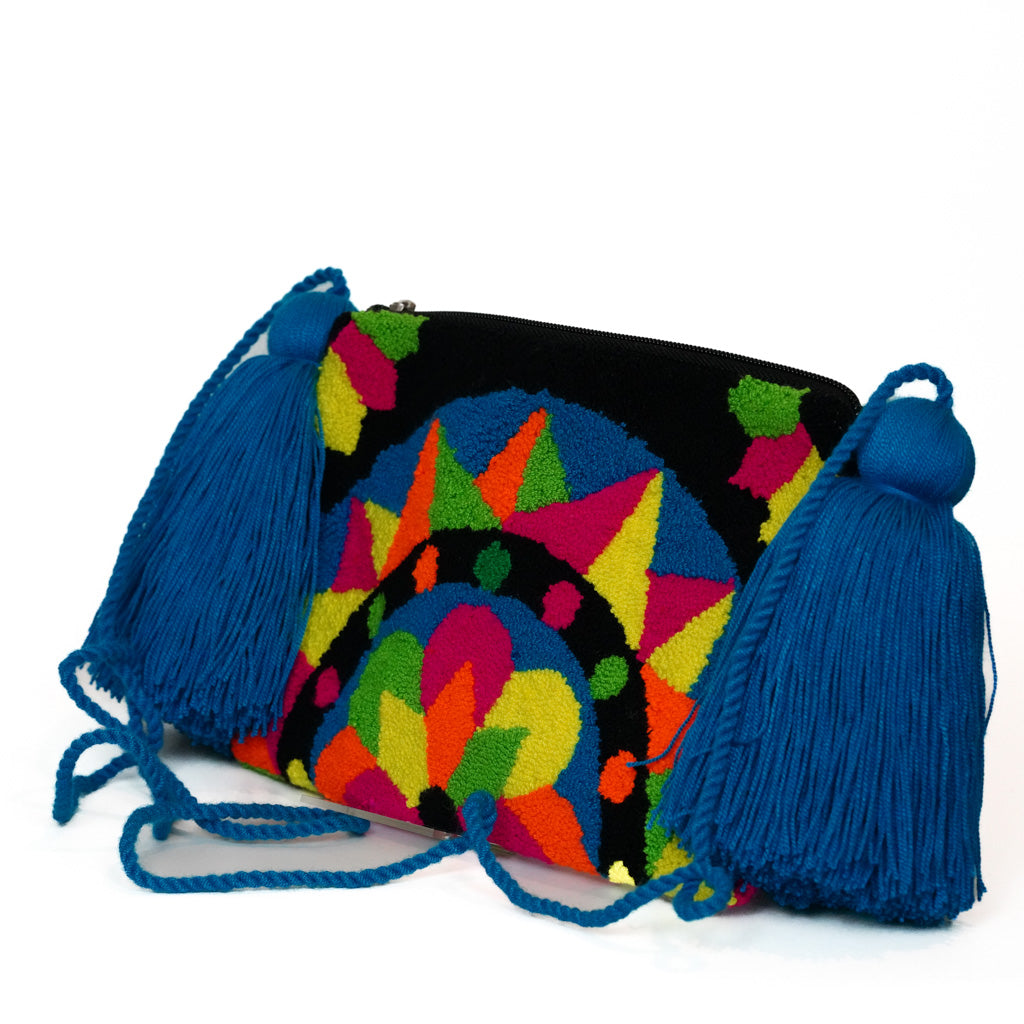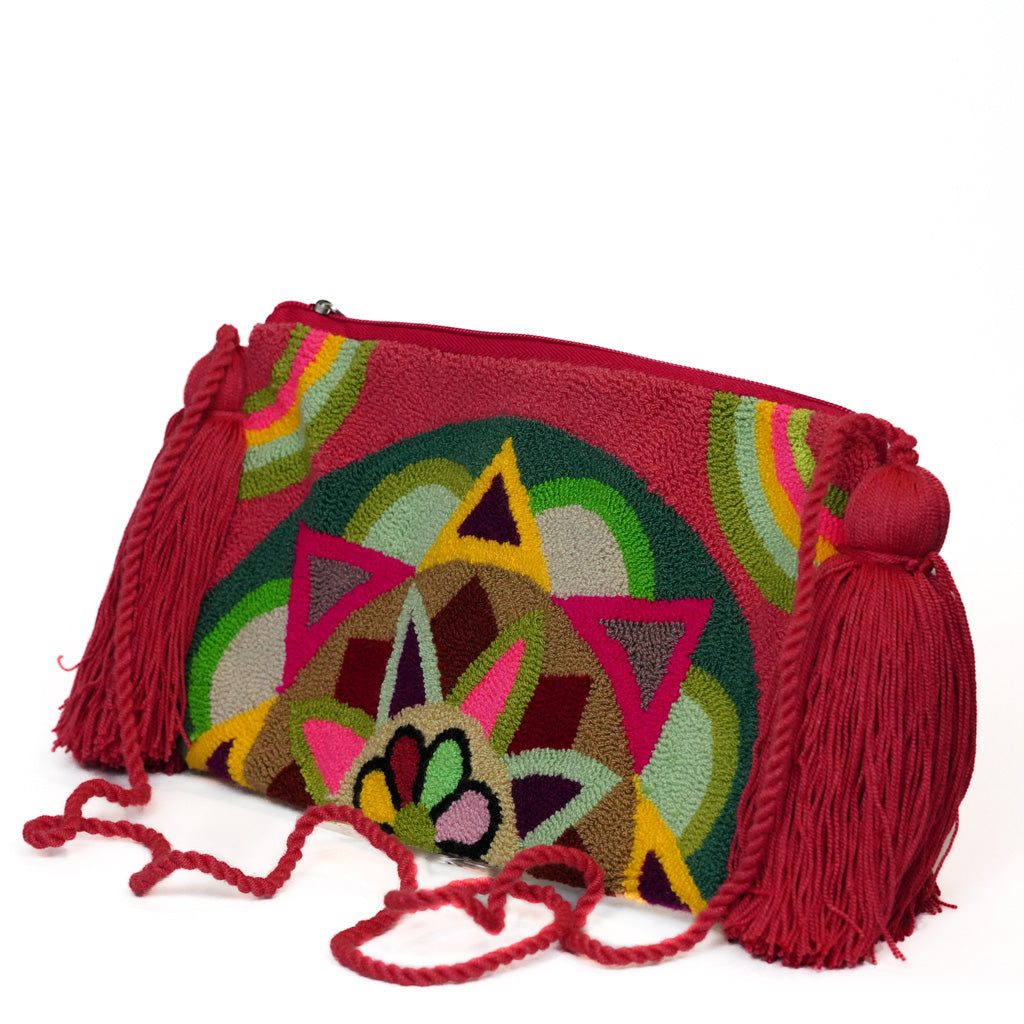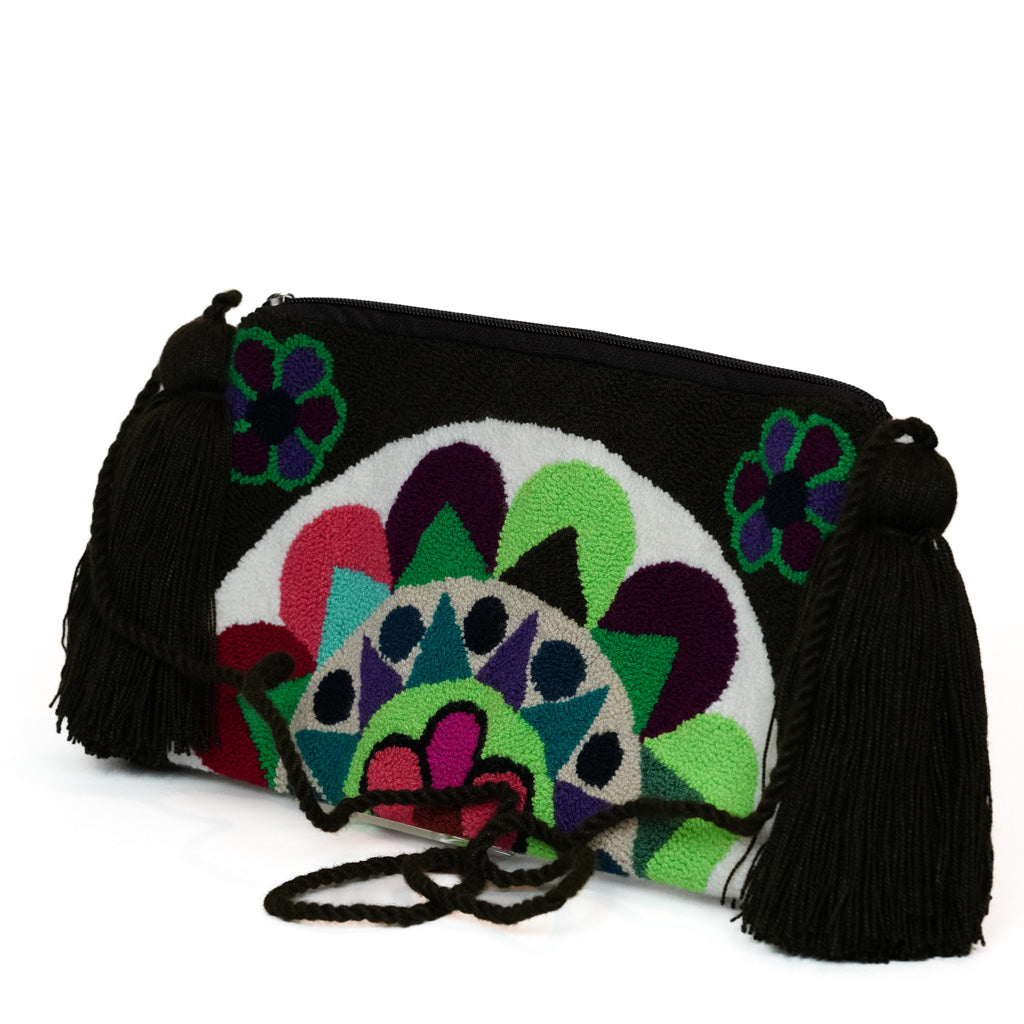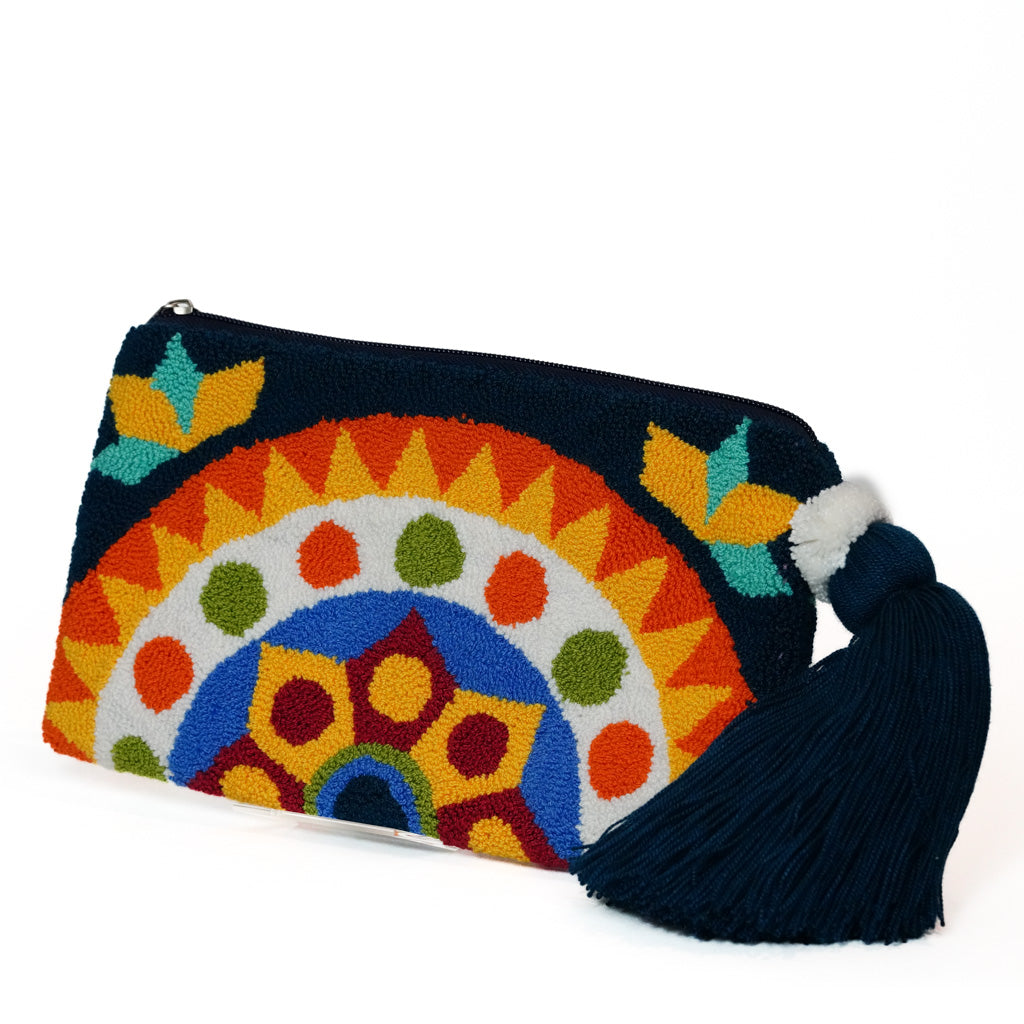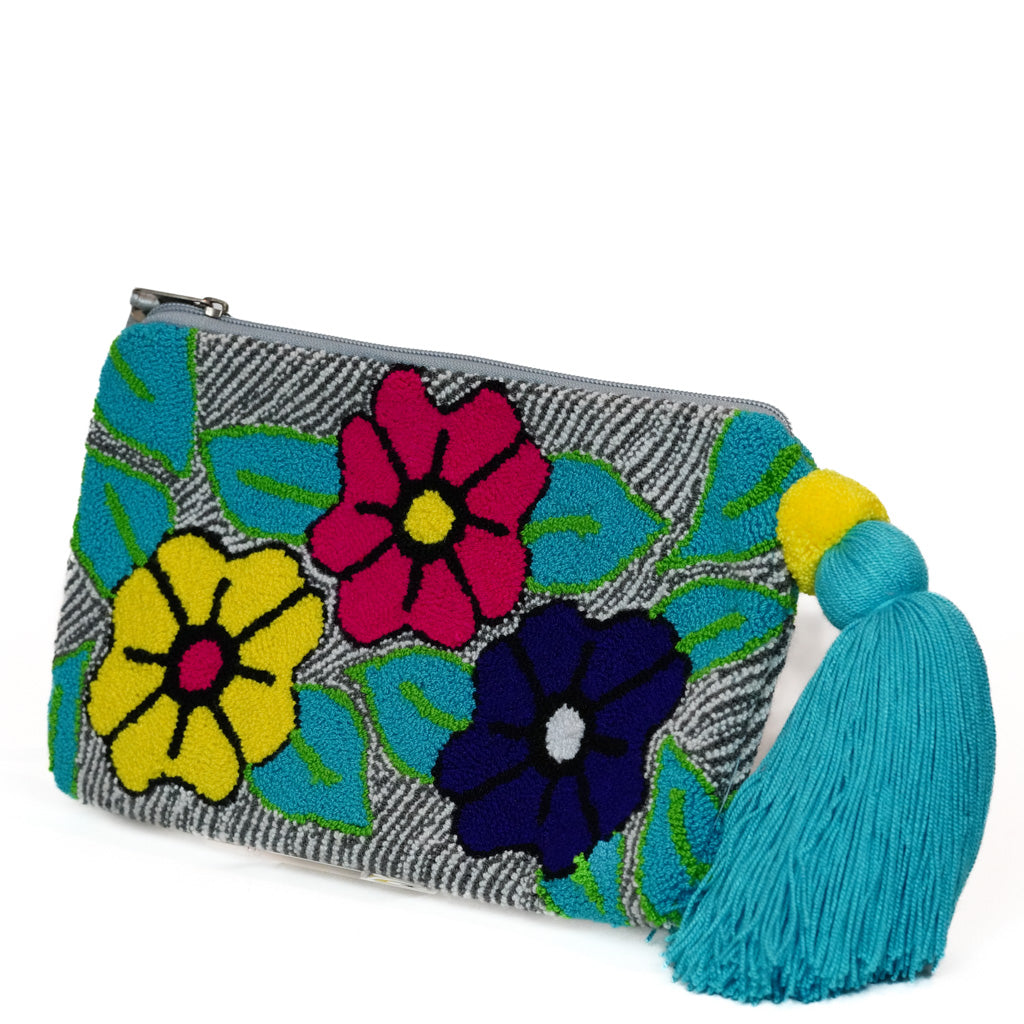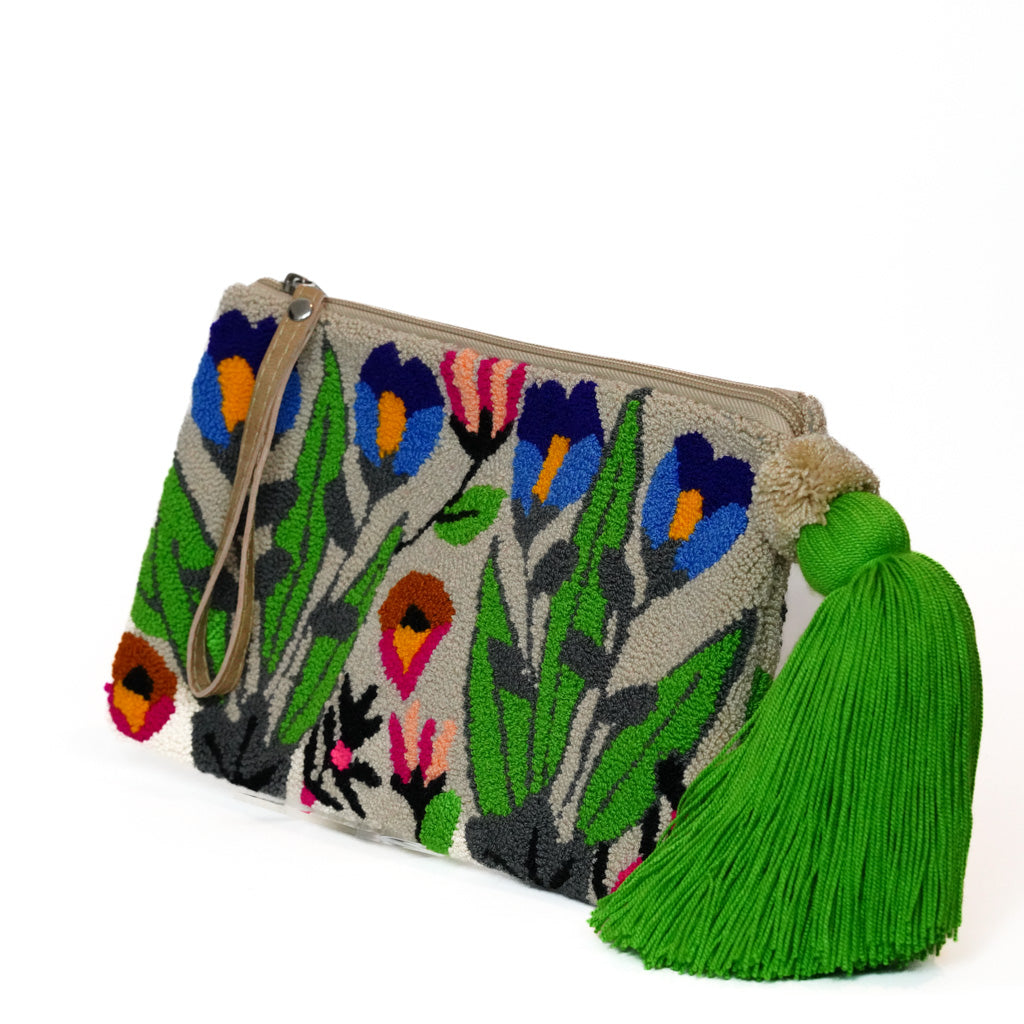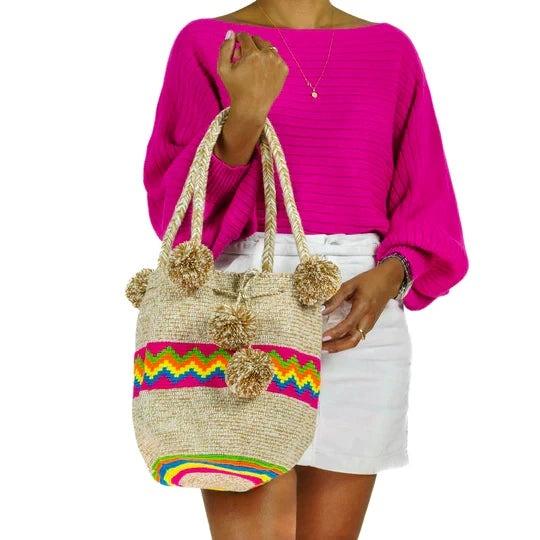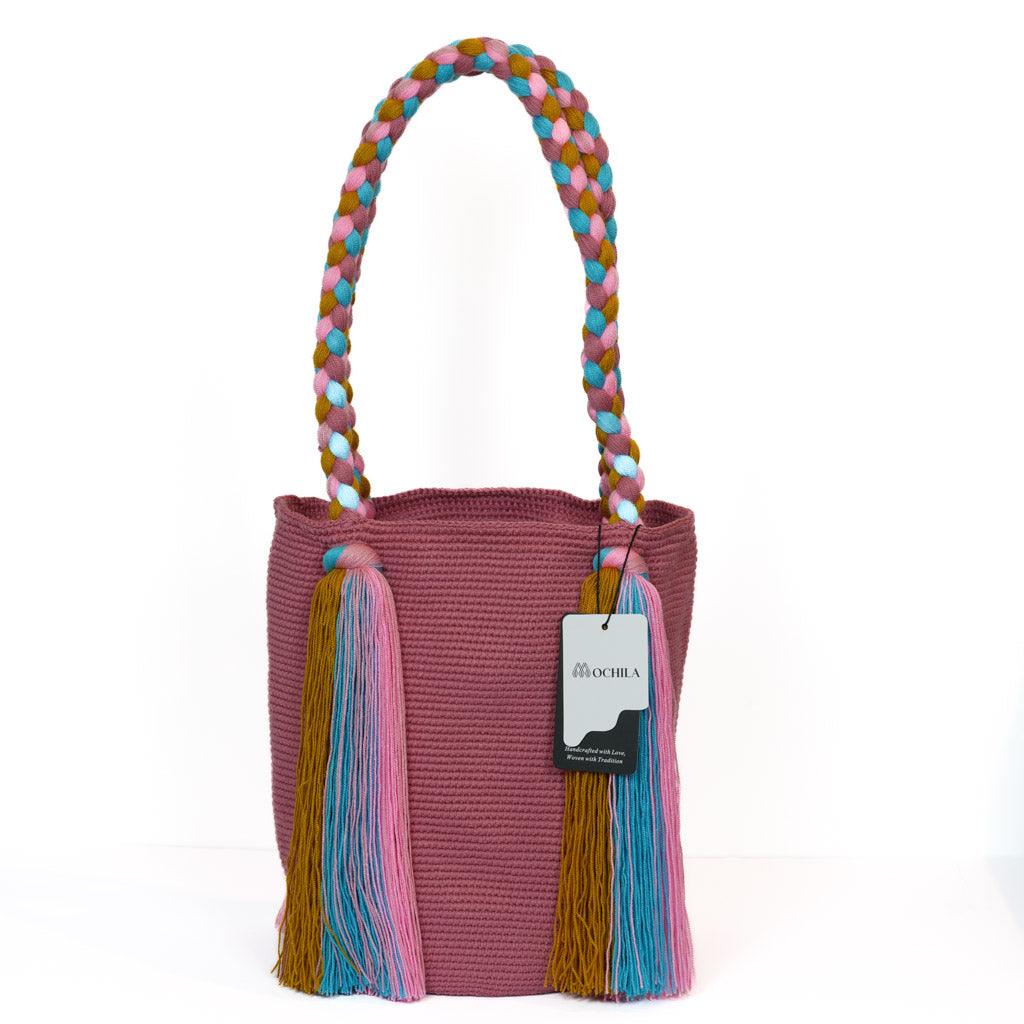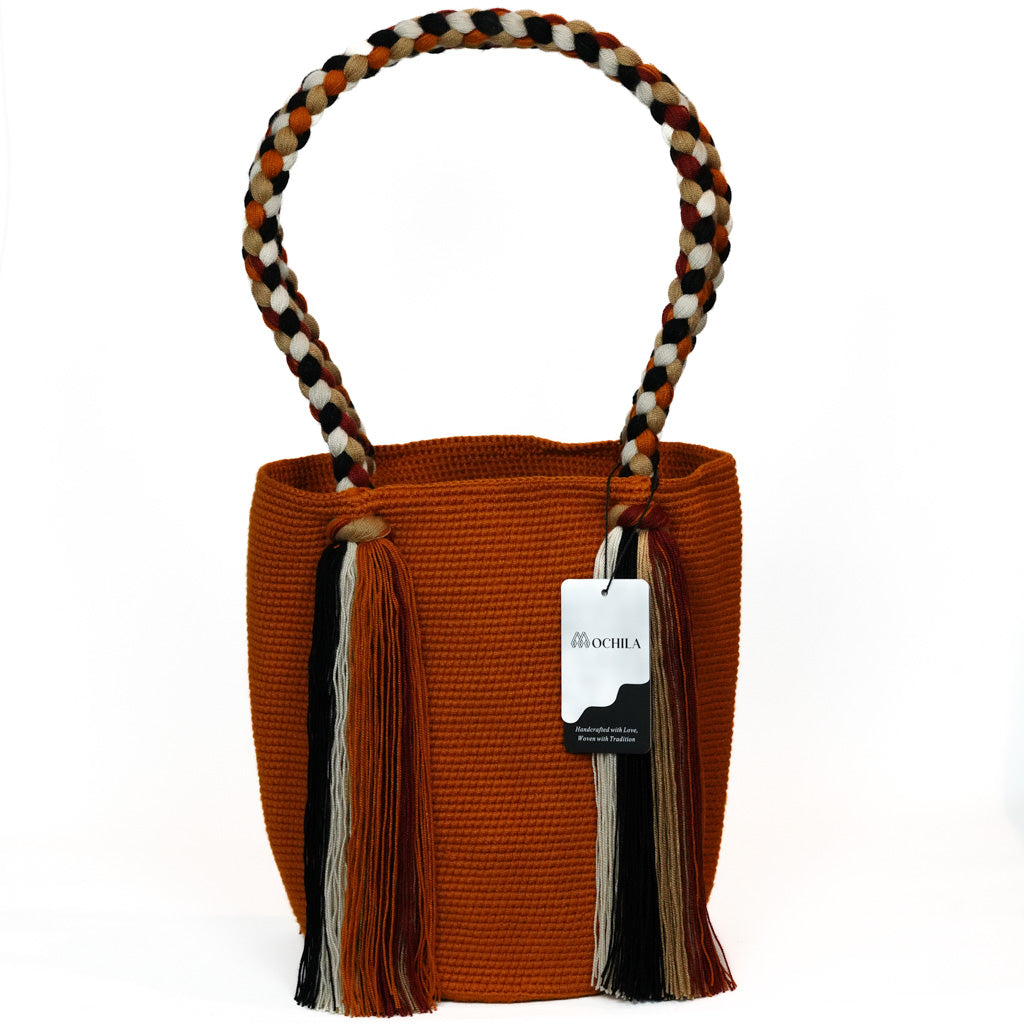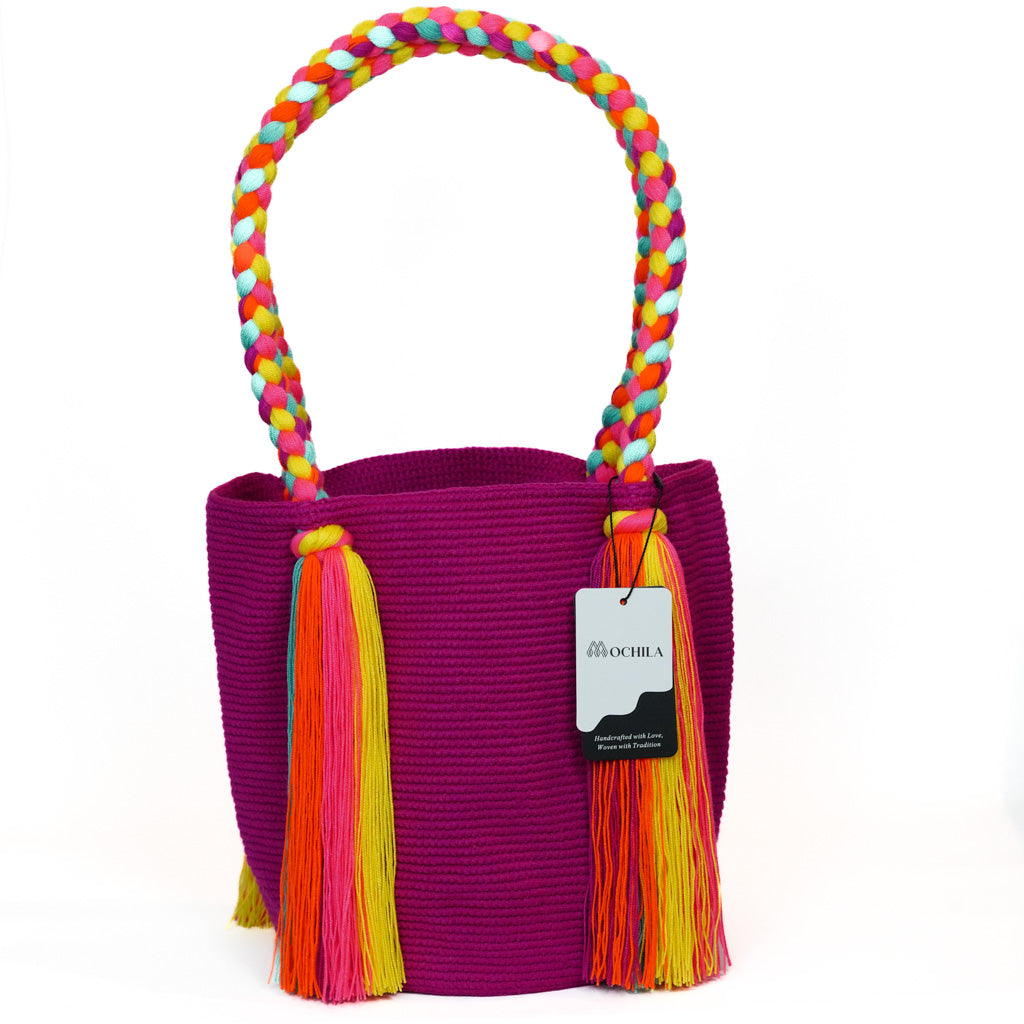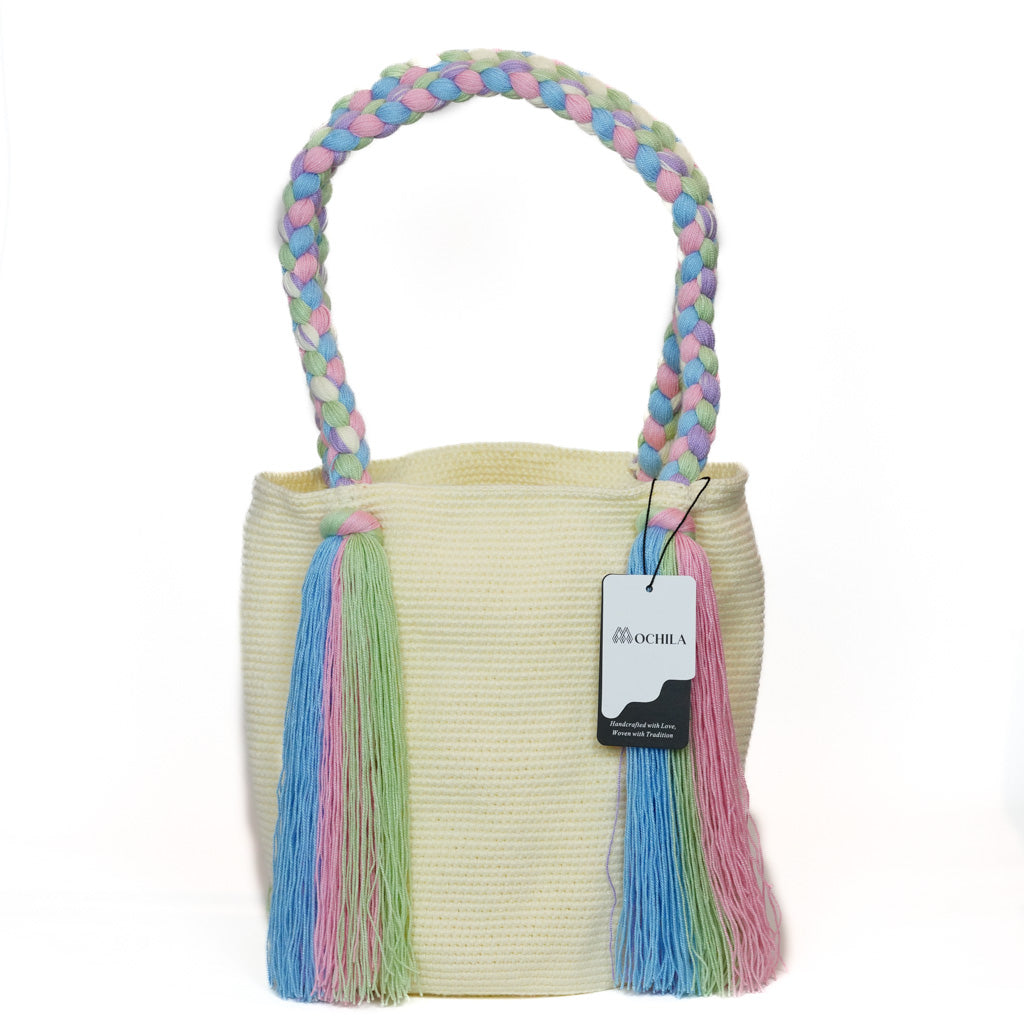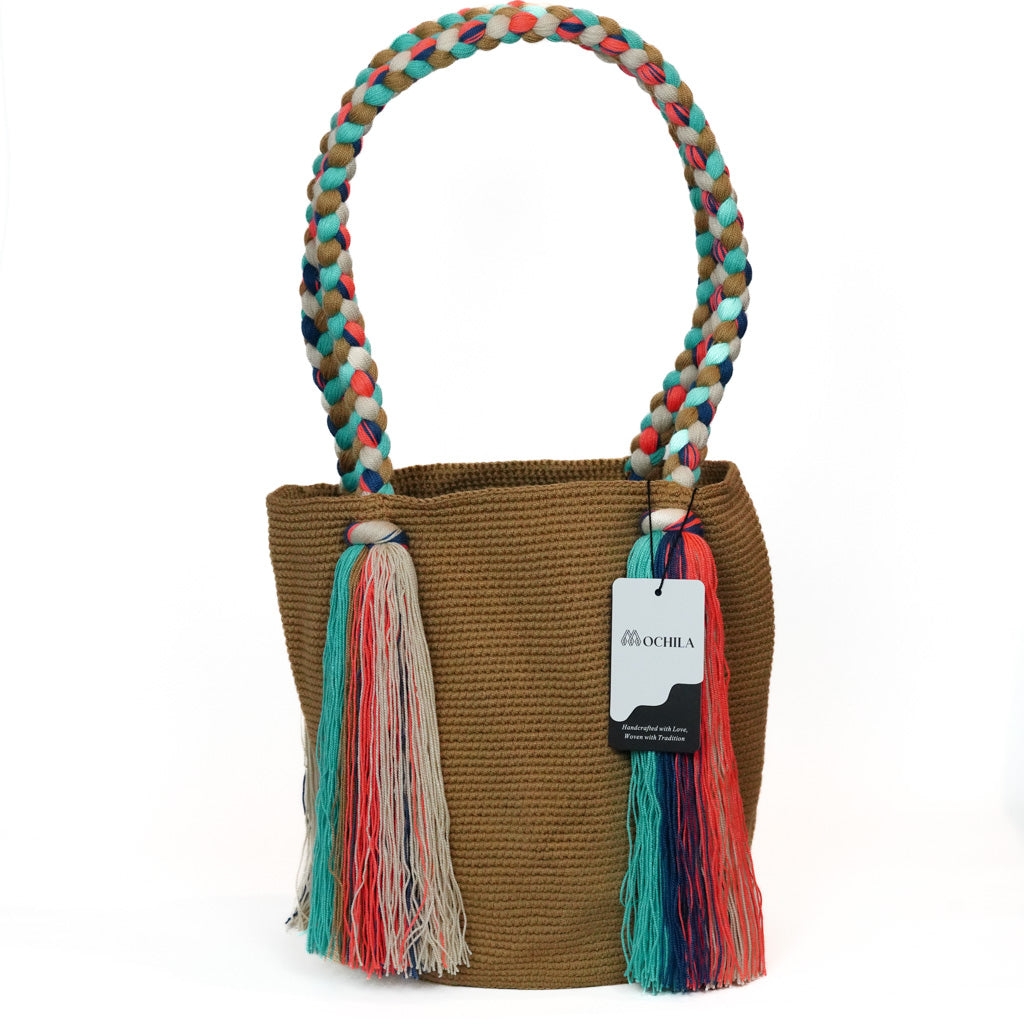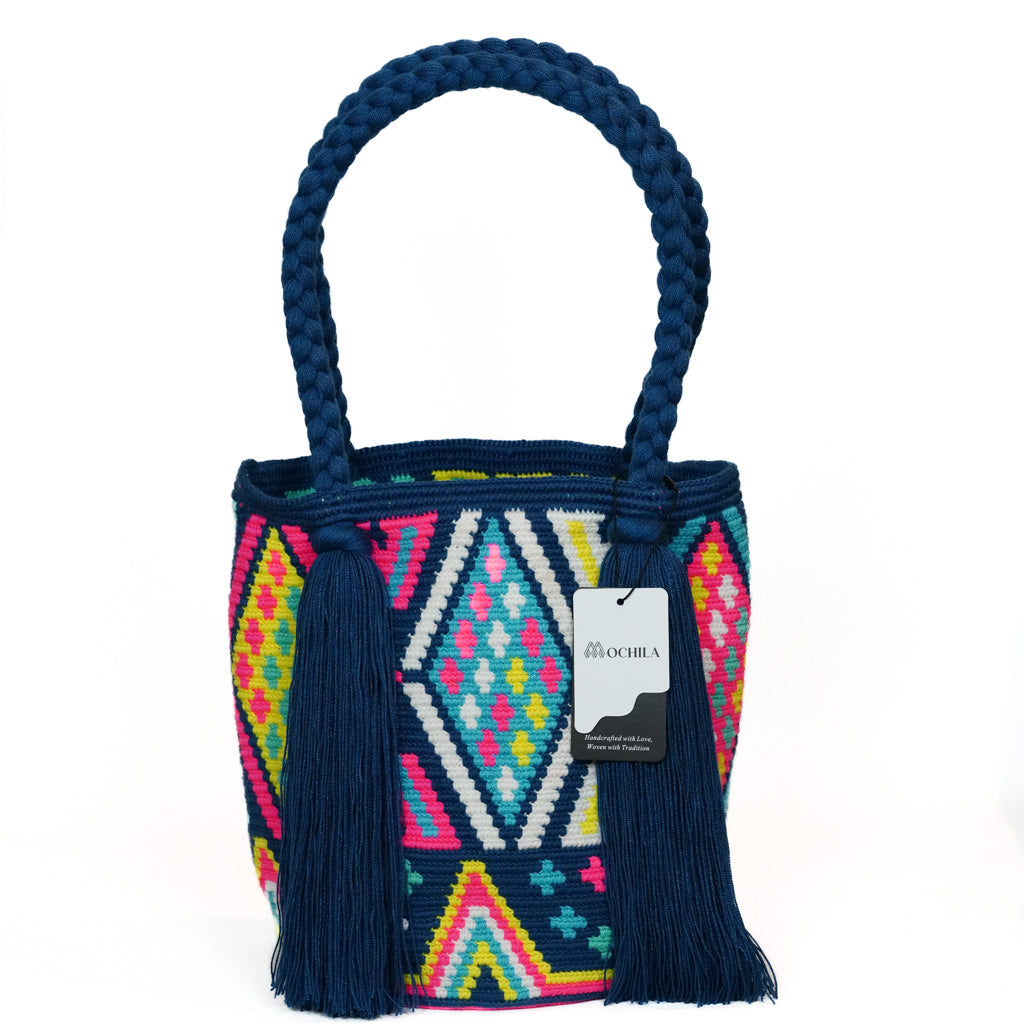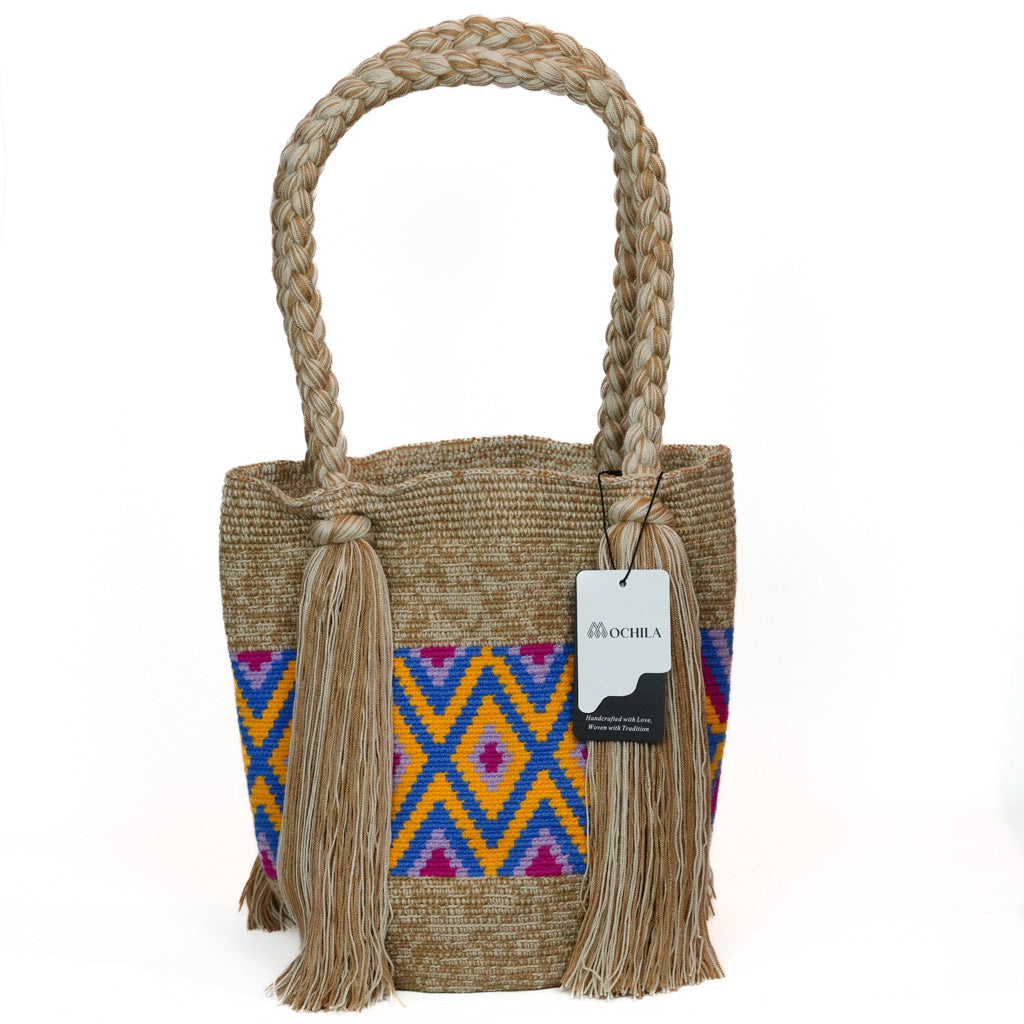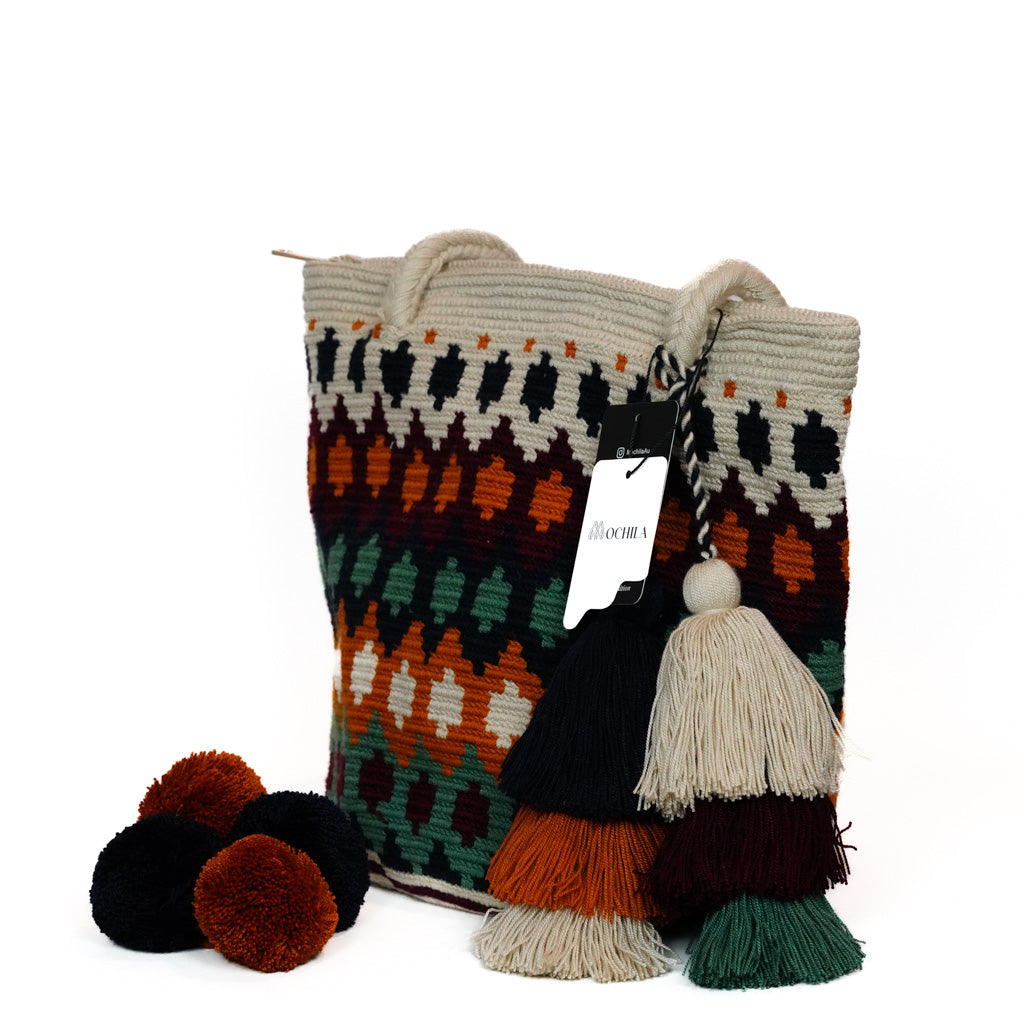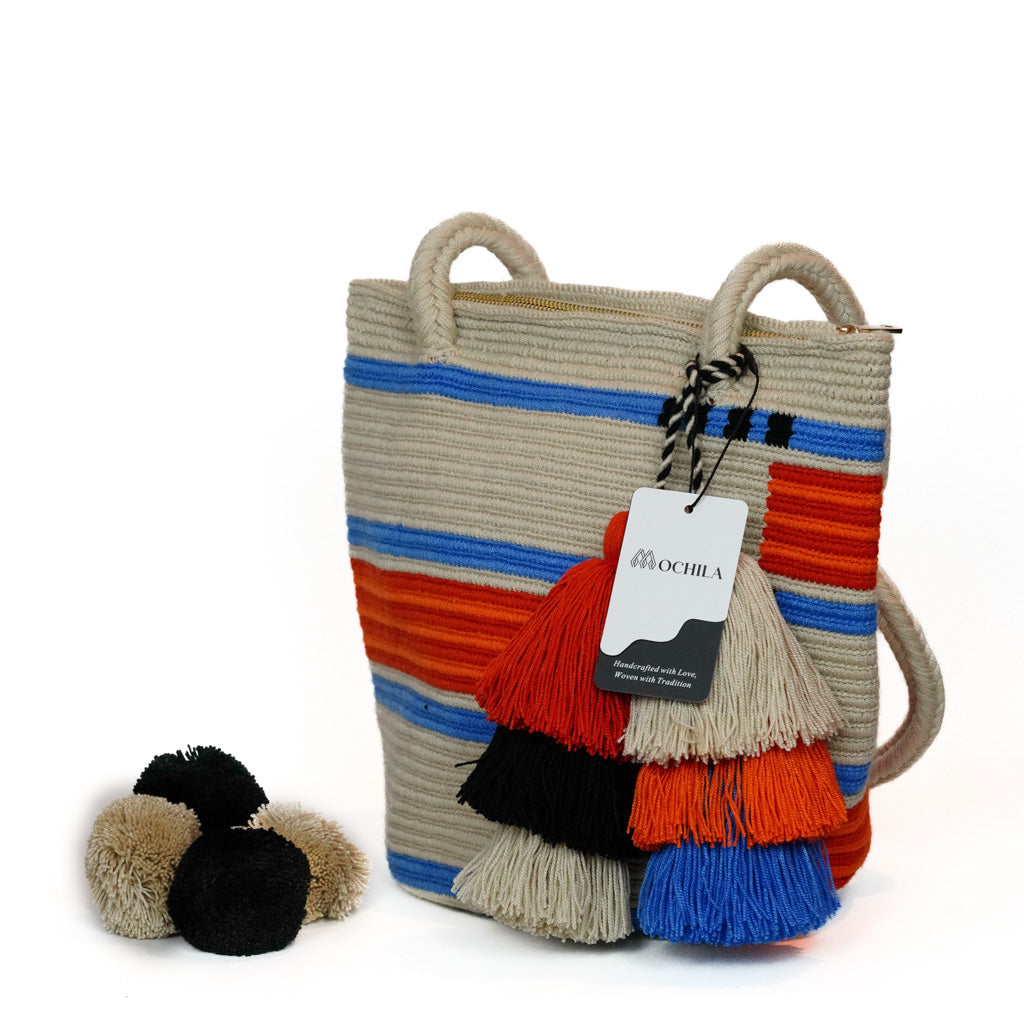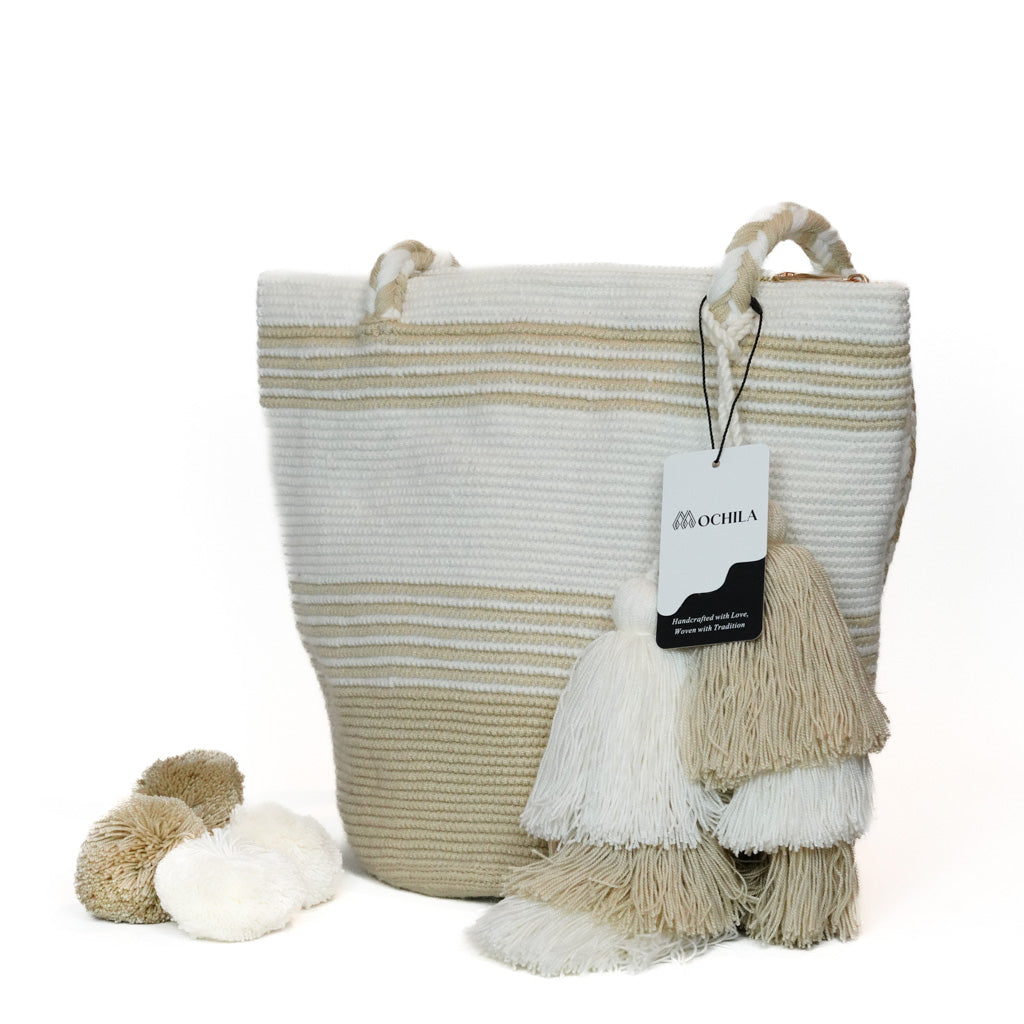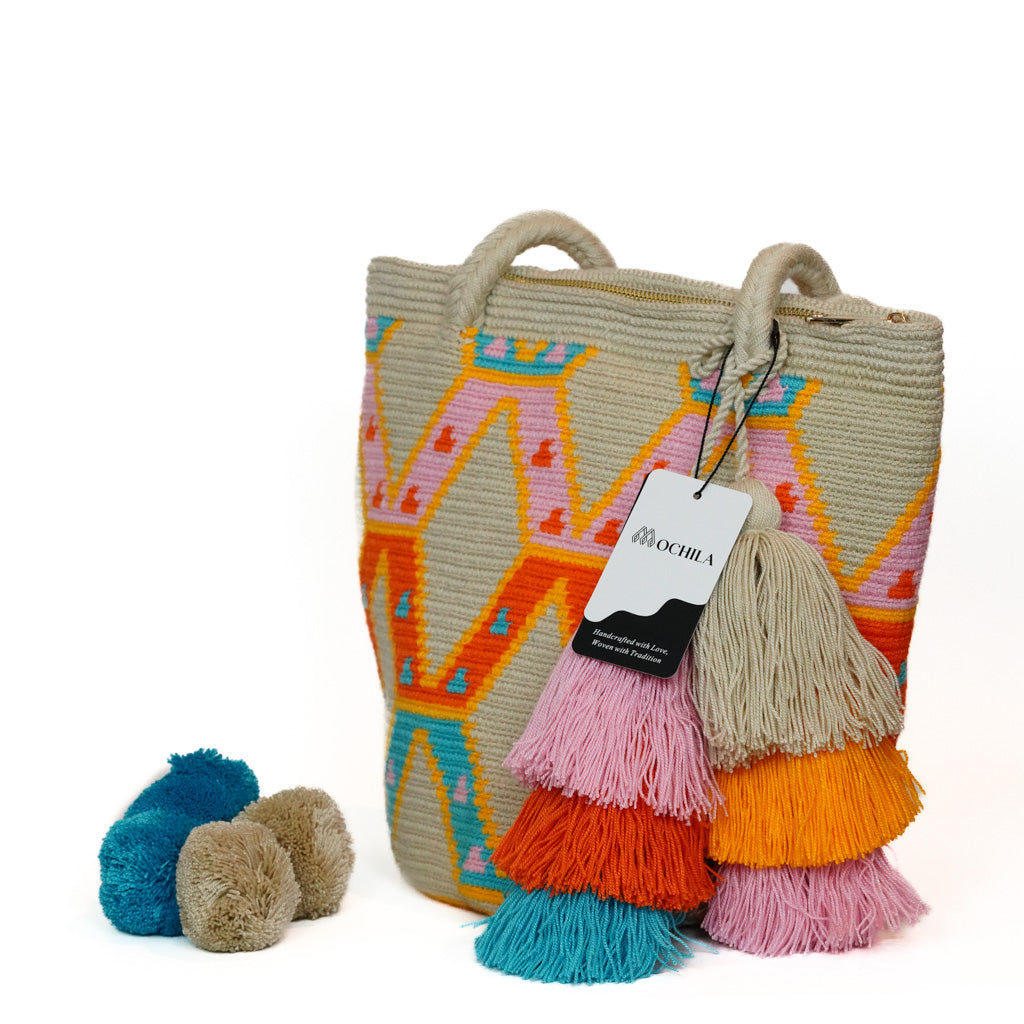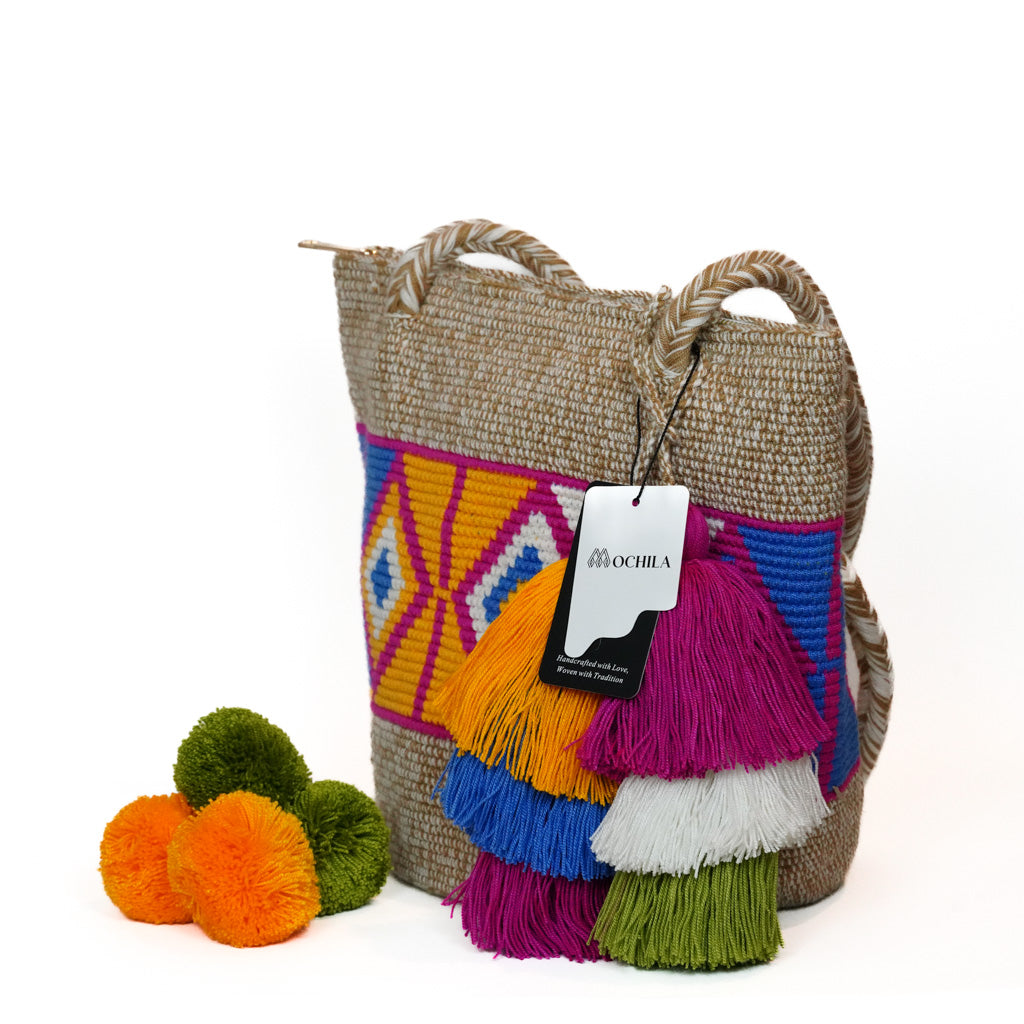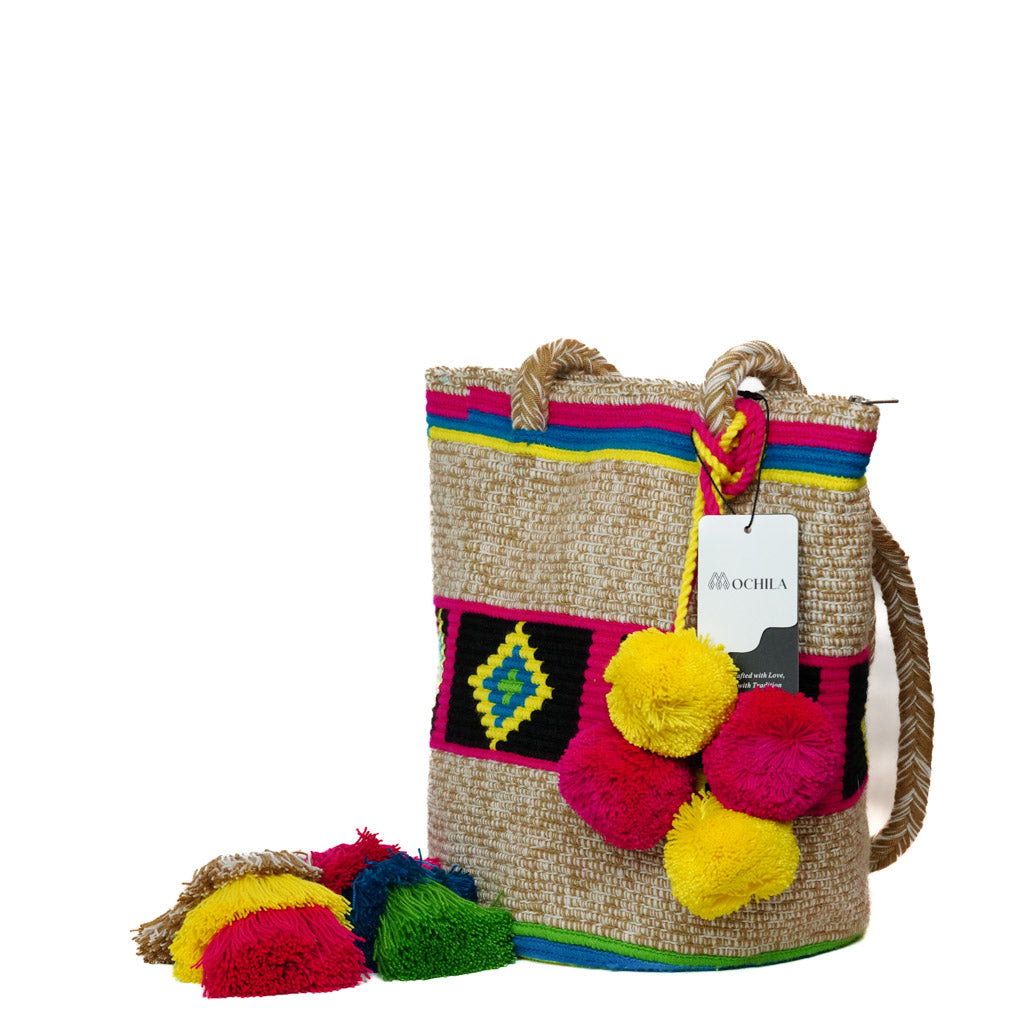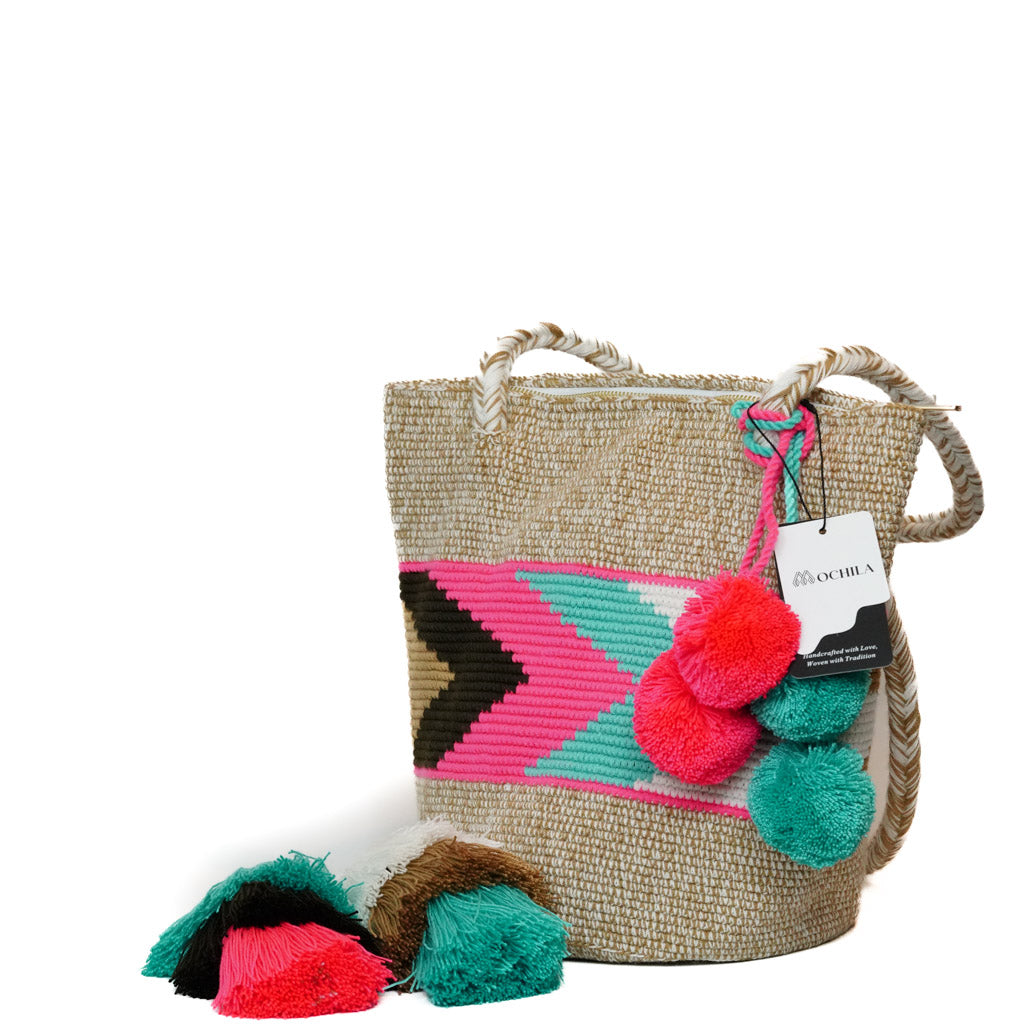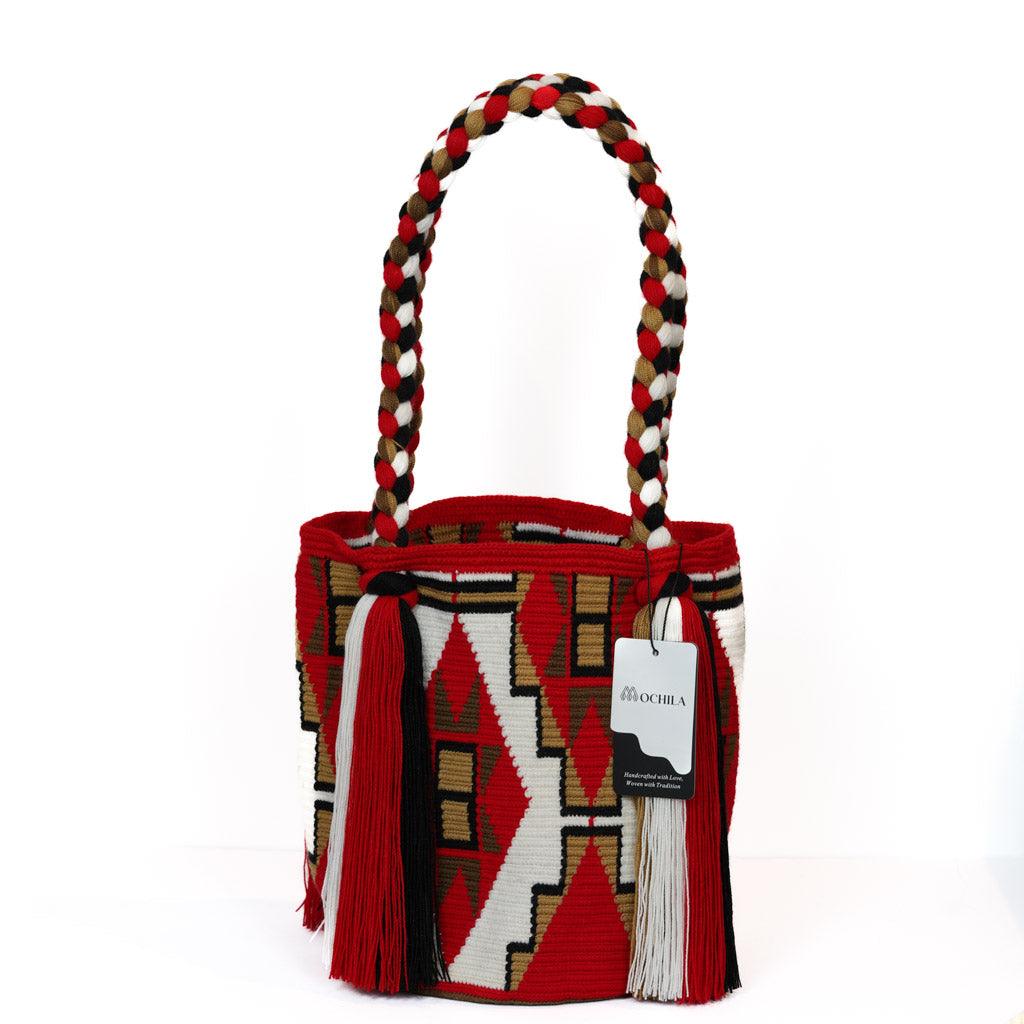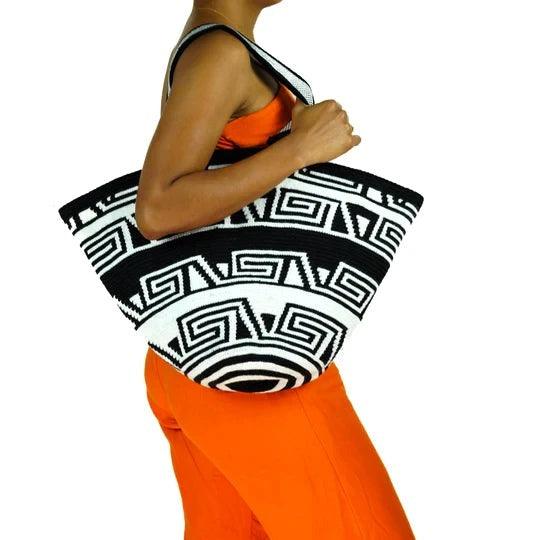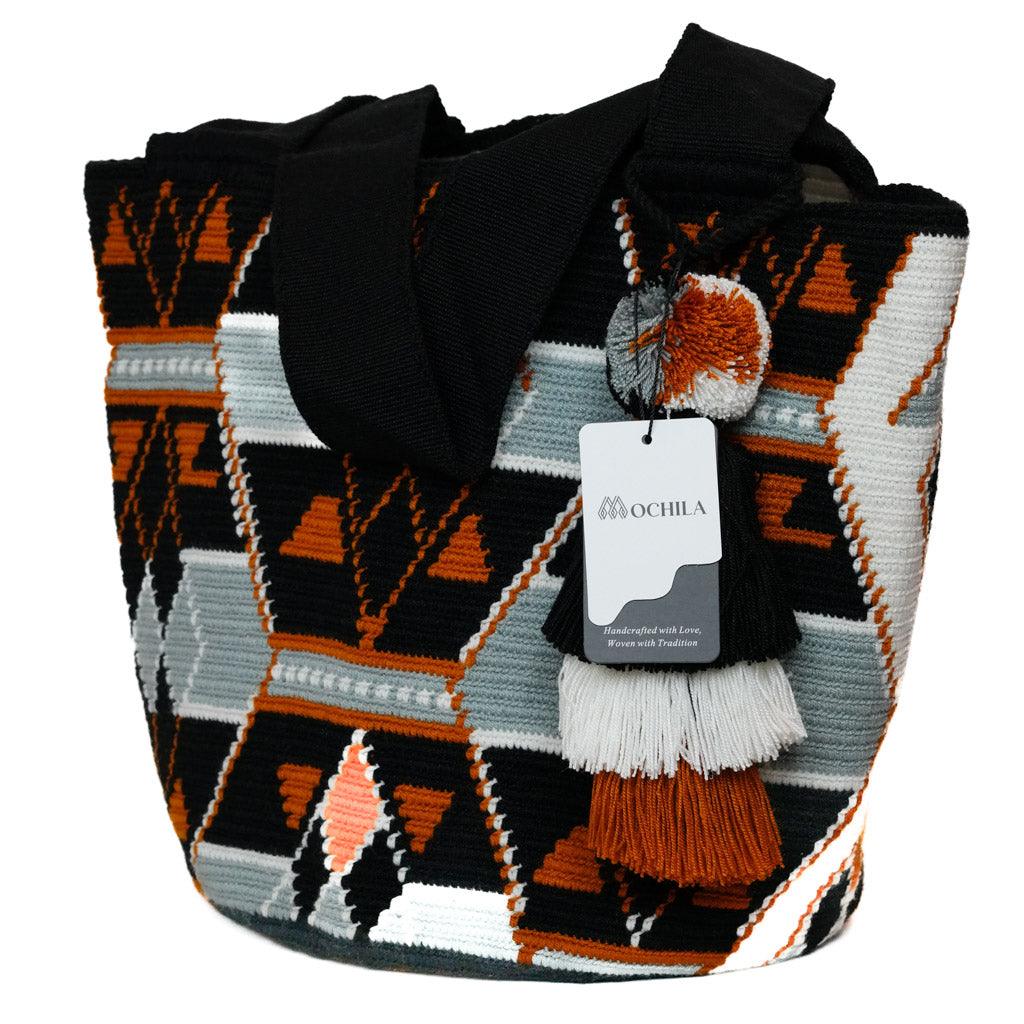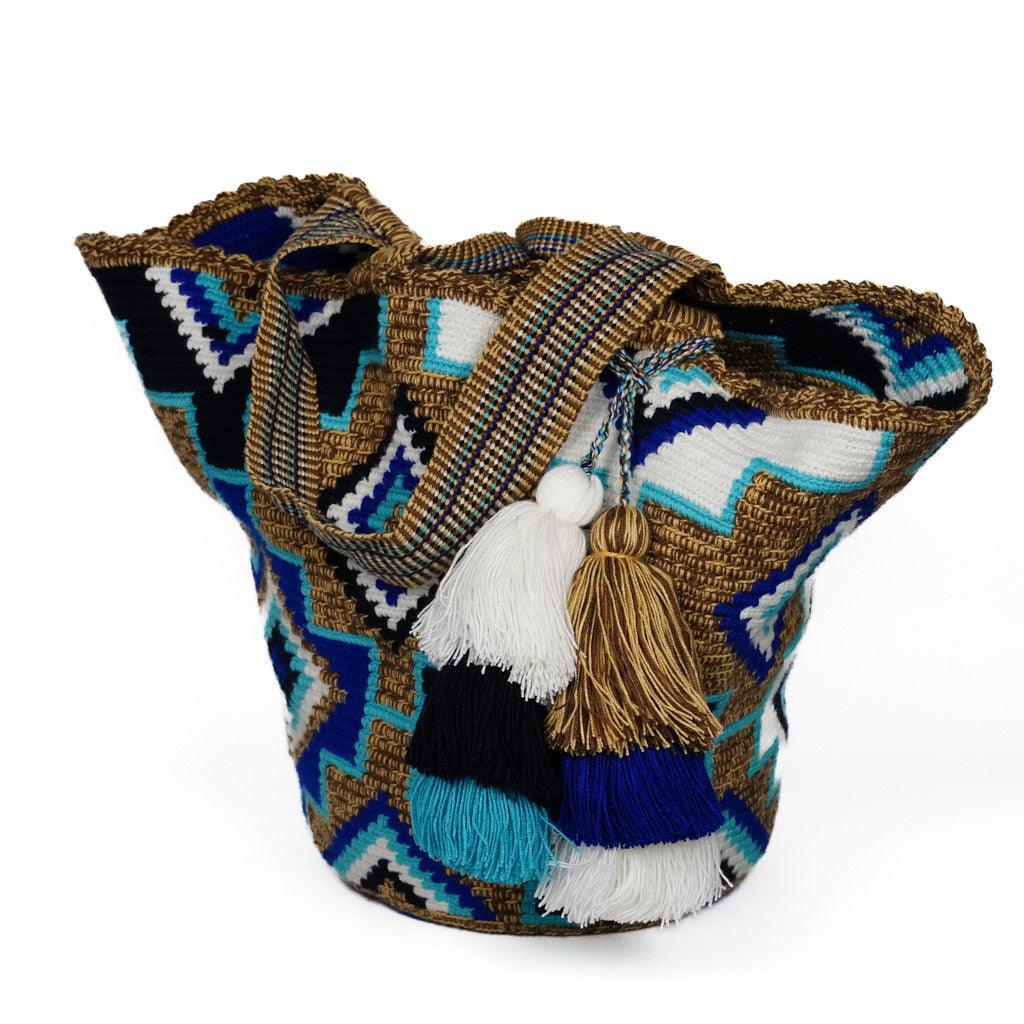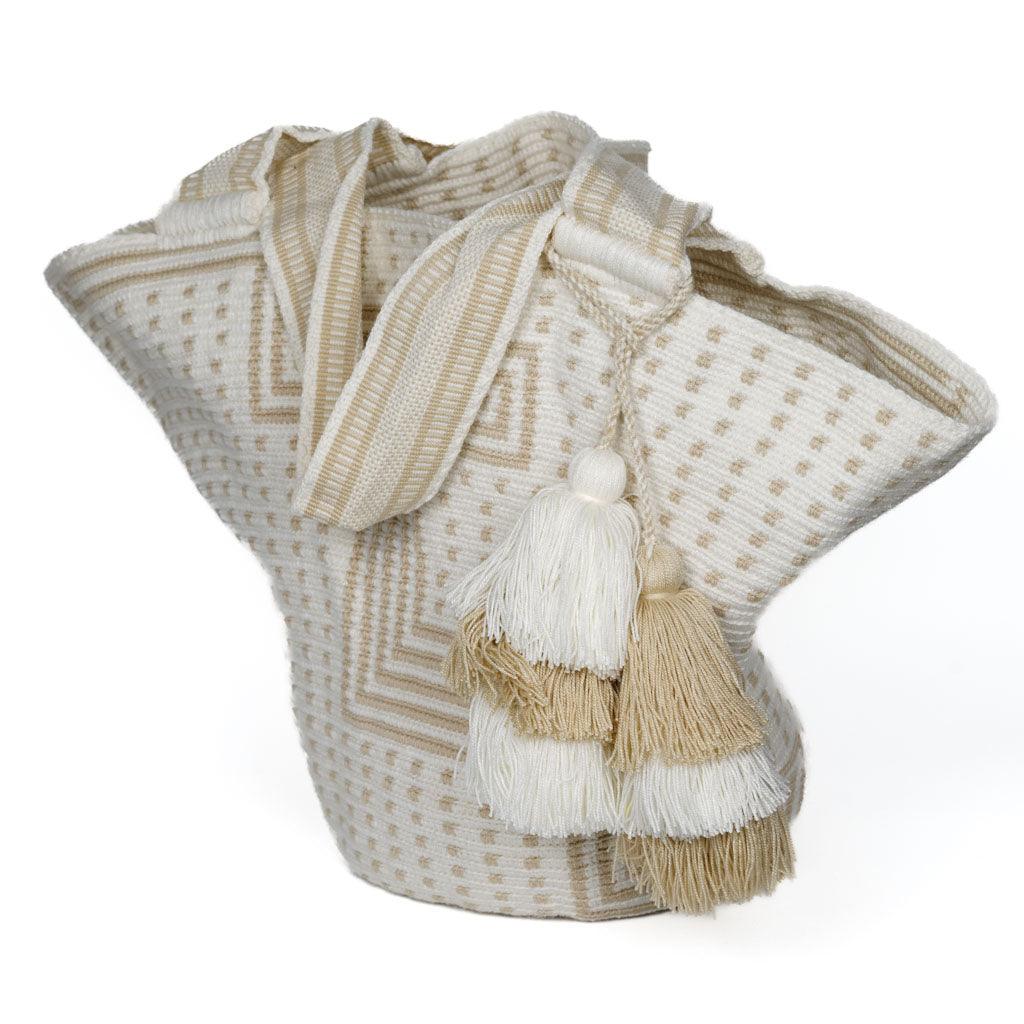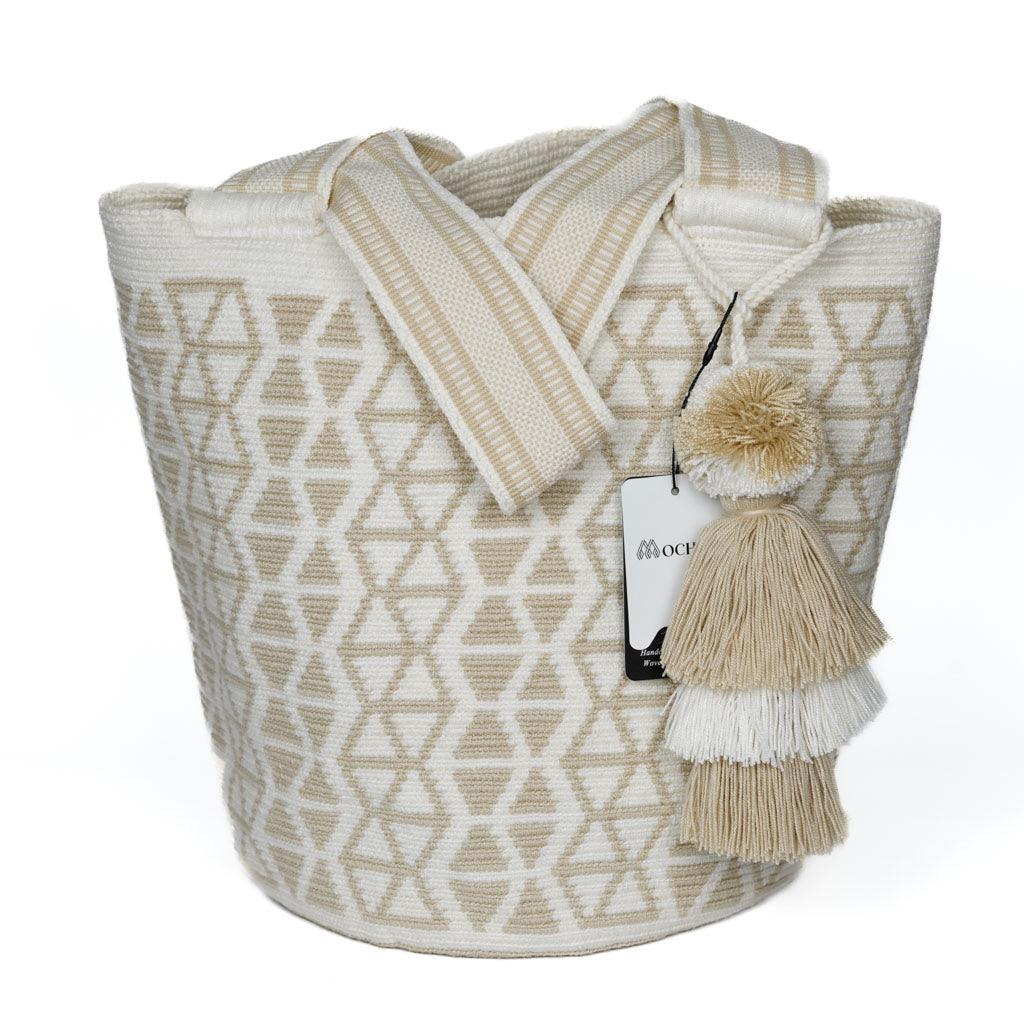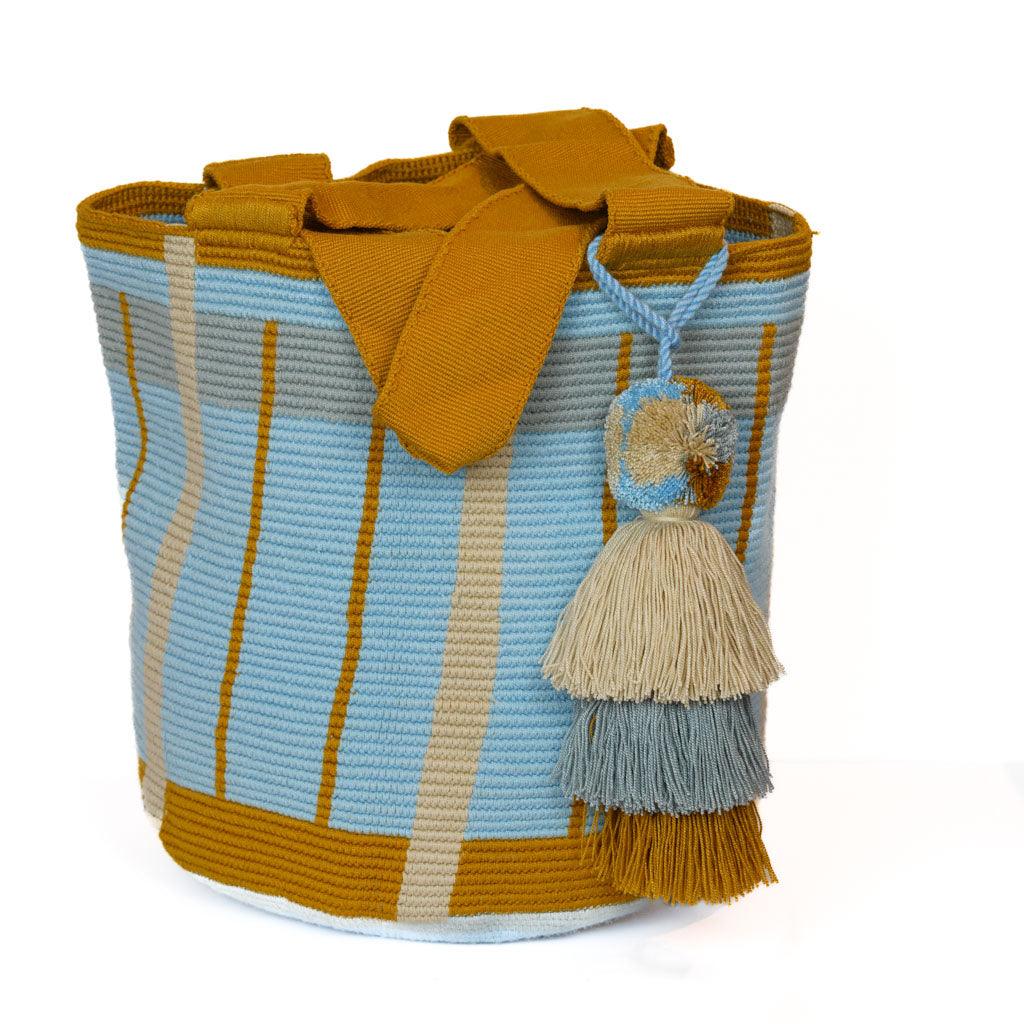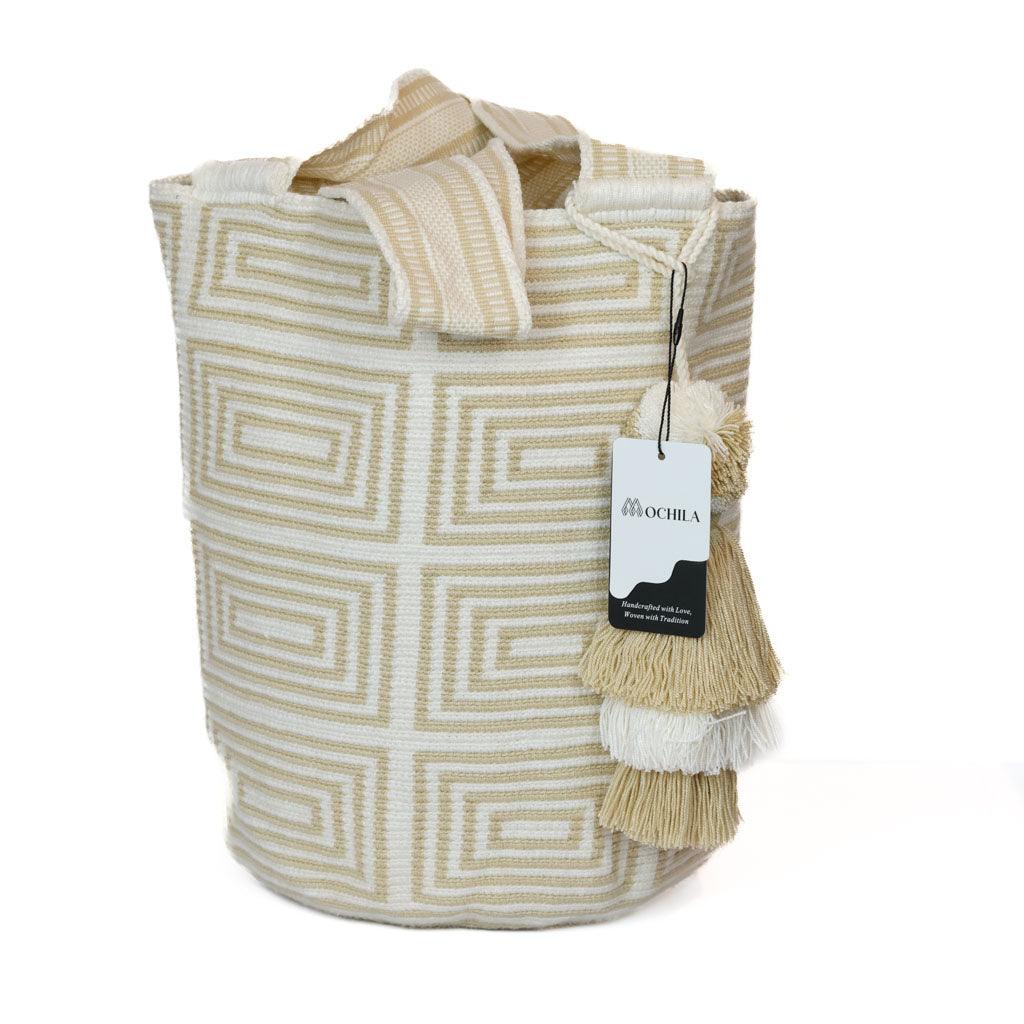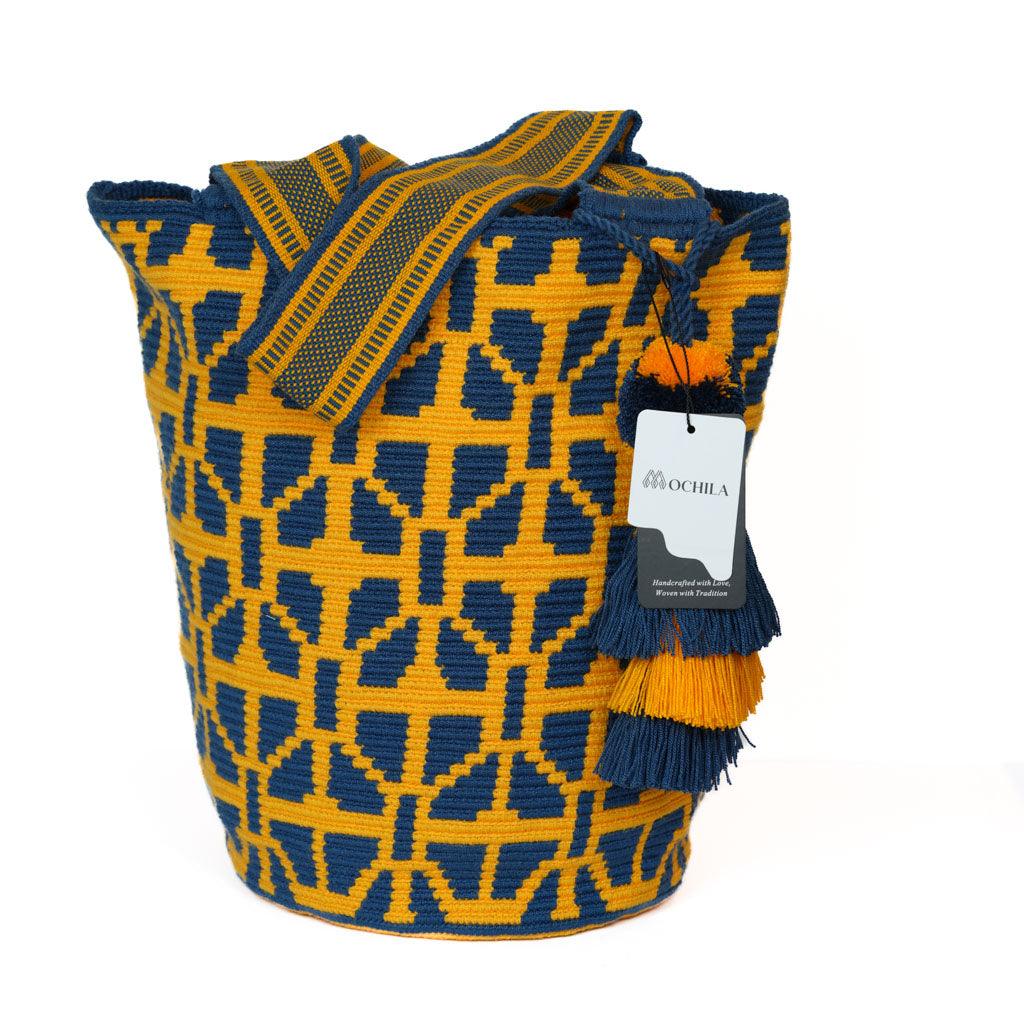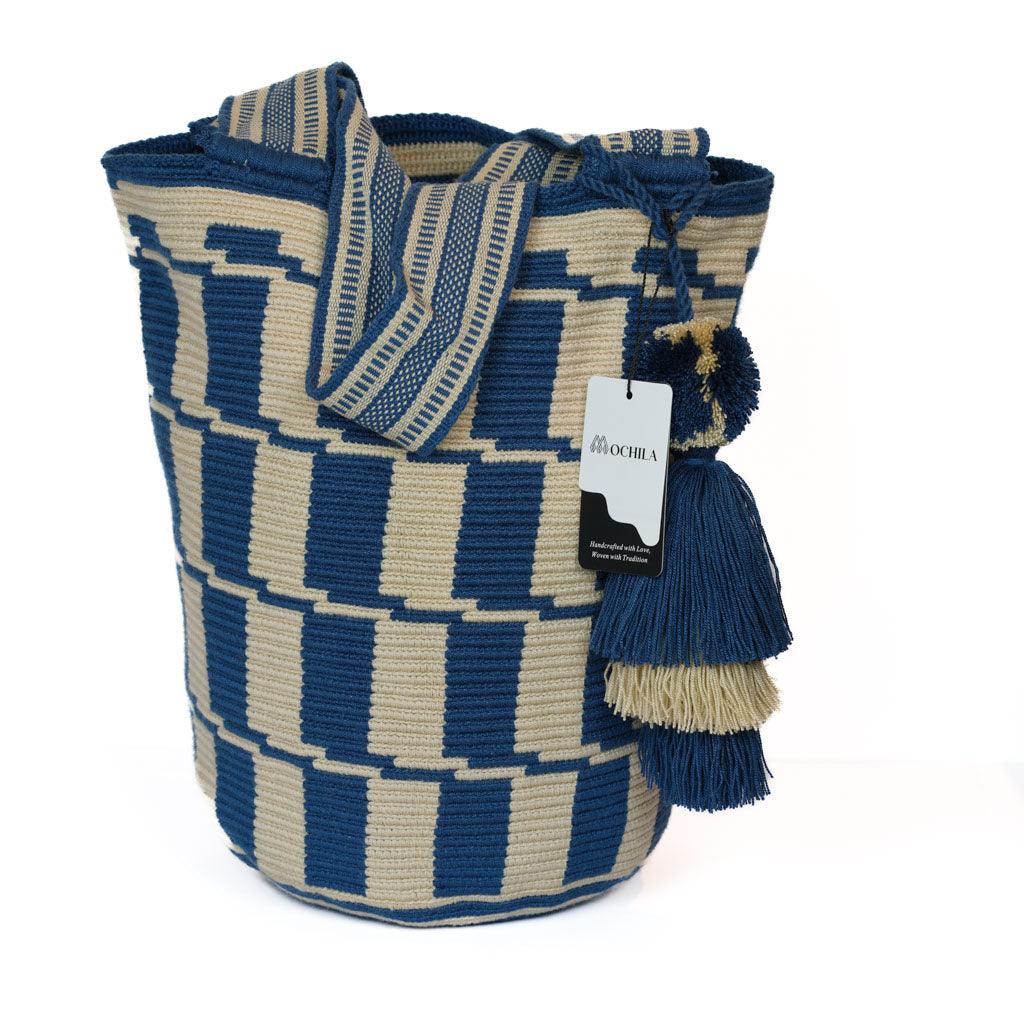Introduction to Crochet for Kids
Crocheting is a versatile and creative craft, capable of bringing joy to people of all ages. Teaching how to crochet for kids can open a world of creativity, learning, and fun for children.
The Joy of Crocheting
Crocheting provides a magical escape for kids, taking them on a creative journey where they can bring their imaginations to life. From adorable stuffed animals to colorful scarves and vibrant headbands, kids can crochet a variety of items, each one a testament to their creativity and skill. The joyous moment when a child sees the fruits of their labor come to life in the form of a completed crochet project is truly priceless.
The Benefits of Teaching Kids to Crochet
Teaching children how to crochet is not just about the end product. The process itself brings numerous benefits. It helps kids improve their fine motor skills, promotes concentration, enhances problem-solving abilities, and encourages creativity.
Furthermore, crocheting can serve as a calming and therapeutic activity, helping children relax and focus. It also gives them a sense of accomplishment and boosts their self-confidence when they finish a project.
Moreover, crocheting can serve as a bonding activity. Whether it's a parent teaching a child, or kids working together on a project, this craft provides an excellent opportunity for quality time and shared experiences.
So, whether you're introducing a child to basic stitches or guiding them through their first project, teaching kids how to crochet is a worthwhile endeavor. For a comprehensive guide on getting started, visit our article on how to crochet for beginners.
Crochet Basics
Learning how to crochet for kids begins with understanding the fundamental elements - the crochet hooks and yarn. The next step is to learn the basic crochet stitches which form the backbone of all crochet projects.
Understanding Crochet Hooks and Yarn
Crochet hooks come in various sizes, and each size corresponds to specific types of projects and yarn weights. The size of the hook can affect the size of the stitches and the overall density of the crochet fabric. It's important to choose the right hook size for the yarn weight to ensure the project turns out as desired. For more information on how to select the right hook size, refer to our guide on how to determine crochet hook sizes.
Yarn also comes in different weights, ranging from lightweight (for delicate, fine projects) to heavy-weight (for sturdier, bulkier projects). The choice of yarn weight will depend on the desired outcome of the project.
| Hook Size | Suitable Yarn Weight |
|---|---|
| 2.25mm - 3.5mm | Light (Fine) |
| 3.5mm - 4.5mm | Medium (Worsted) |
| 5.5mm - 6.5mm | Bulky (Chunky) |
| 8mm and above | Super Bulky |
Learning the Basic Crochet Stitches
There are a few basic stitches that every crochet enthusiast should learn. These include:
- Chain stitch (ch): This is the most basic stitch and forms the foundation of most crochet projects.
- Single crochet (sc): This is the simplest form of crochet stitch that involves inserting the hook into the stitch, yarning over, and pulling through.
- Double crochet (dc): This is a taller stitch that involves yarning over before inserting the hook into the stitch.
Mastering these stitches will provide a strong foundation for more complex stitches and techniques. To learn more about these stitches and how to practice them, check out our guide on how to crochet stitches.
Remember, learning to crochet takes time and patience. It's not about speed, but about enjoying the process and watching your creation come to life one stitch at a time. So, take your time, practice regularly, and soon you'll be creating beautiful crochet projects with ease!
Teaching Techniques
The art of teaching how to crochet for kids requires patience, creativity, and a good understanding of teaching techniques that cater to their learning style. This section focuses on visual teaching aids and practice projects for kids, essential elements to make crochet learning fun and engaging for children.
Visual Teaching Aids
Visual aids are a great tool when teaching kids to crochet. They can help children grasp the basic concepts of crochet and understand how each stitch is formed. This can include charts, diagrams, or even video tutorials.
One effective visual aid method is the step-by-step guide that breaks down each stitch into smaller, more manageable steps. For example, when teaching the basic single crochet stitch, you can use a diagram that shows each step of the stitch, from inserting the hook into the stitch to pulling through the yarn.
Another effective tool is a video tutorial, which allows children to see the crochet process in action. They can pause, rewind, and rewatch any parts they find challenging, making it a user-friendly option for beginners. Our blog on how to crochet for beginners offers a range of video tutorials that can be helpful.
Practice Projects for Kids
After teaching the basics of crochet, it's time to put those skills into practice. Start with simple projects that can be completed in a short time. This can help keep kids interested and motivated.
Scarves: Scarves are a great beginner project as they primarily use a single type of stitch repetitively, allowing kids to practice and master it. Plus, they'll have a cozy accessory to wear or gift once they're done. Take a look at our how to crochet scarves guide for simple patterns to start with.
Headbands: Another fun and quick project for kids is a crochet headband. They can get creative with colors and even add embellishments once they're comfortable with the basic stitches. We have a guide on how to crochet headbands that can help you get started.
Amigurumi Toys: Once they've mastered the basics, kids can move on to more challenging projects like amigurumi toys. These small, crocheted stuffed animals can be a fun project for kids, and they'll have a cute toy to play with at the end! Check out our post on how to crochet amigurumi dolls for step-by-step instructions.
Remember, the goal is to keep the learning process fun and engaging. Praise their efforts and progress, and always encourage them to experiment and get creative with their projects. With patience and practice, they'll be able to enjoy the rewarding craft of crochet.
Simple Crochet Projects for Kids
Once children have mastered the basics of crochet, they can start creating their own items. These projects are not only fun to do but also help to reinforce their crochet skills. Here are some simple crochet projects for kids that are perfect for beginners.
Scarves and Headbands
Scarves and headbands are excellent beginner projects. They mainly require mastering the basic crochet stitches and are quite forgiving of minor mistakes.
A simple scarf can be made using the chain stitch and single crochet stitch, while a headband can be created using a combination of chain stitch and double crochet stitch. For more detailed patterns, see our articles on how to crochet patterns for scarves and how to crochet headbands.
Plush Toys and Doll Clothes
Plush toys and doll clothes are also fun projects for kids. They can create a cute stuffed animal or make a new outfit for their favorite doll.
For creating plush toys, kids will need to learn how to crochet in the round and how to increase and decrease stitches. They can start with simple shapes and then move on to more complex designs. Check out our article on how to crochet stuffed animals for more information.
For doll clothes, they can start by creating a simple dress or skirt using basic stitches. As they gain confidence, they can try more complex patterns. Our article on how to crochet baby dresses can provide a good starting point.
Accessories and Decorations
Crocheting accessories and decorations can be a fun and creative way for kids to make their own unique items. They can create anything from bracelets and earrings to bookmarks and keychains.
To crochet accessories, kids will need to learn how to make small and precise stitches. They may also need to learn how to attach beads or other embellishments. Our articles on how to crochet earrings and how to crochet bracelets can provide inspiration.
For decorations, they can create anything from small amigurumi figures to decorative flowers and leaves. Our article on how to crochet flowers can provide some ideas.
These simple projects are a great way to keep kids engaged in crochet and help them see the results of their hard work. Remember, the best way to learn how to crochet is by practicing, so encourage them to try different projects and have fun with it!
Tips for Success
When teaching kids how to crochet, there are several strategies that can help ensure a successful and enjoyable learning experience. The following tips focus on cultivating patience, fostering creativity, and celebrating achievements.
Patience and Encouragement
Crocheting is a skill that requires practice and patience. It's important to remember that kids may not pick up the skill right away, and that's completely normal. Encourage them to take their time and not rush the process. Remind them that it's okay to make mistakes and that each mistake is a learning opportunity.
Offering words of encouragement can boost their confidence and motivate them to keep going. If they're struggling with a particular stitch or pattern, help them understand and master it before moving on to the next. Our articles on how to crochet and how to crochet stitches provide step-by-step instructions that can be a useful reference.
Making Crochet Fun and Creative
To keep kids engaged and interested in crocheting, make it fun and creative. Allow them to choose their own yarn colors and patterns. This not only enhances their creative skills, but also makes the learning process more enjoyable.
Introduce them to simple and exciting projects that they can complete relatively quickly. This could be anything from a small pouch to a headband. Our guides on how to crochet headbands and how to crochet purses are great starting points for beginner projects.
Celebrating Milestones and Achievements
Celebrate each milestone and achievement, no matter how small. Whether they've learned a new stitch or completed their first project, acknowledging their progress helps build their confidence and encourages them to continue learning.
Create a fun reward system to celebrate their achievements. This could be a special outing, a new set of colorful yarns, or even a certificate of achievement. This not only motivates them to continue learning, but also makes the process of learning how to crochet for kids a memorable and rewarding experience.
Incorporating these tips into your teaching approach can make a significant difference in how kids perceive and learn crocheting. With patience, encouragement, creativity, and celebration, kids can develop a lifelong love for this craft.

